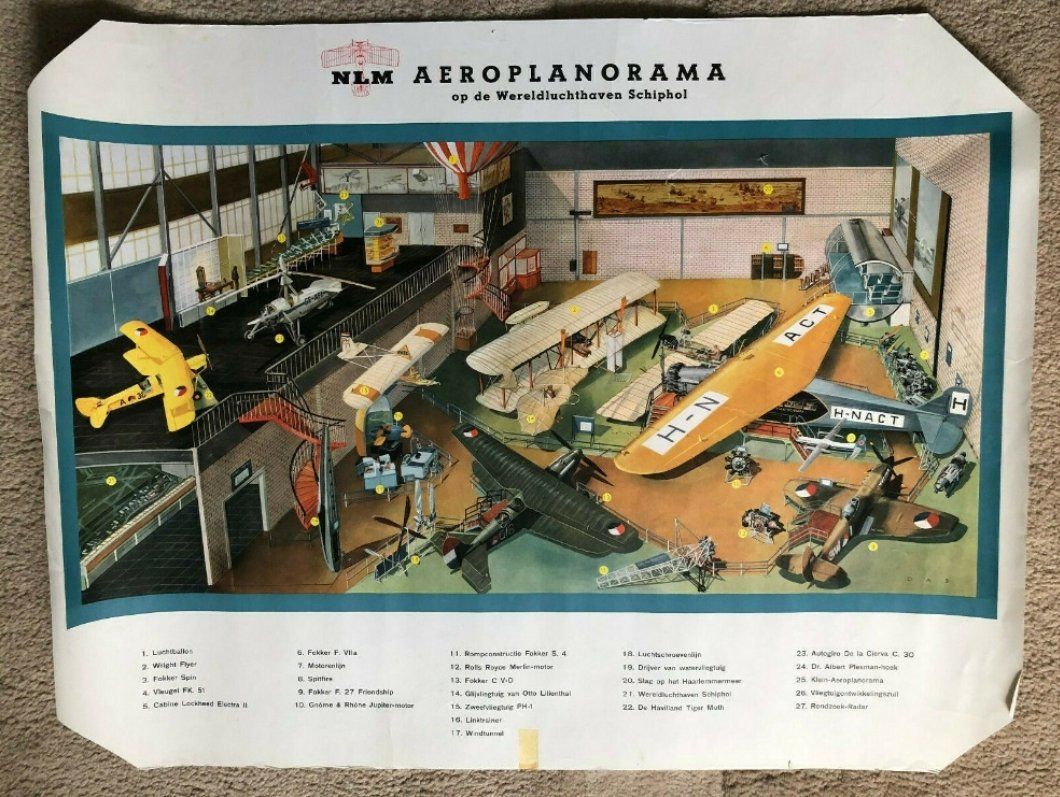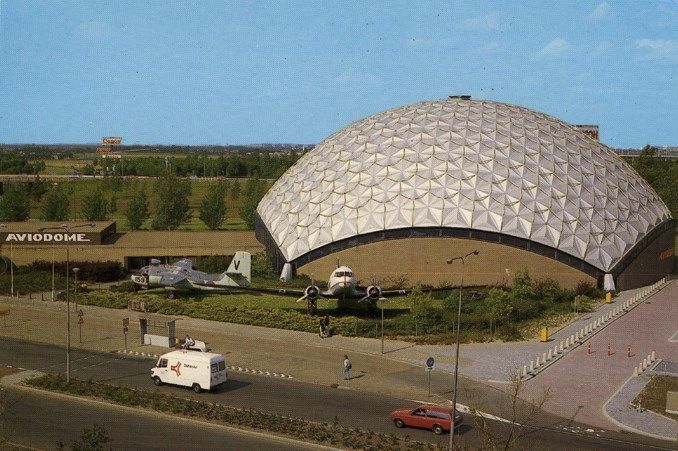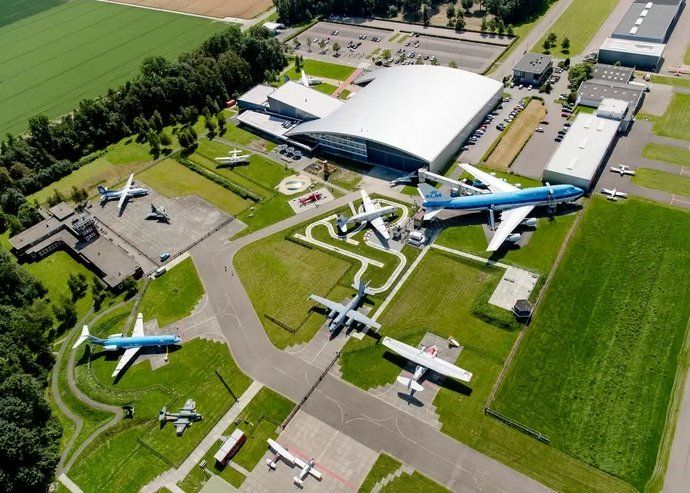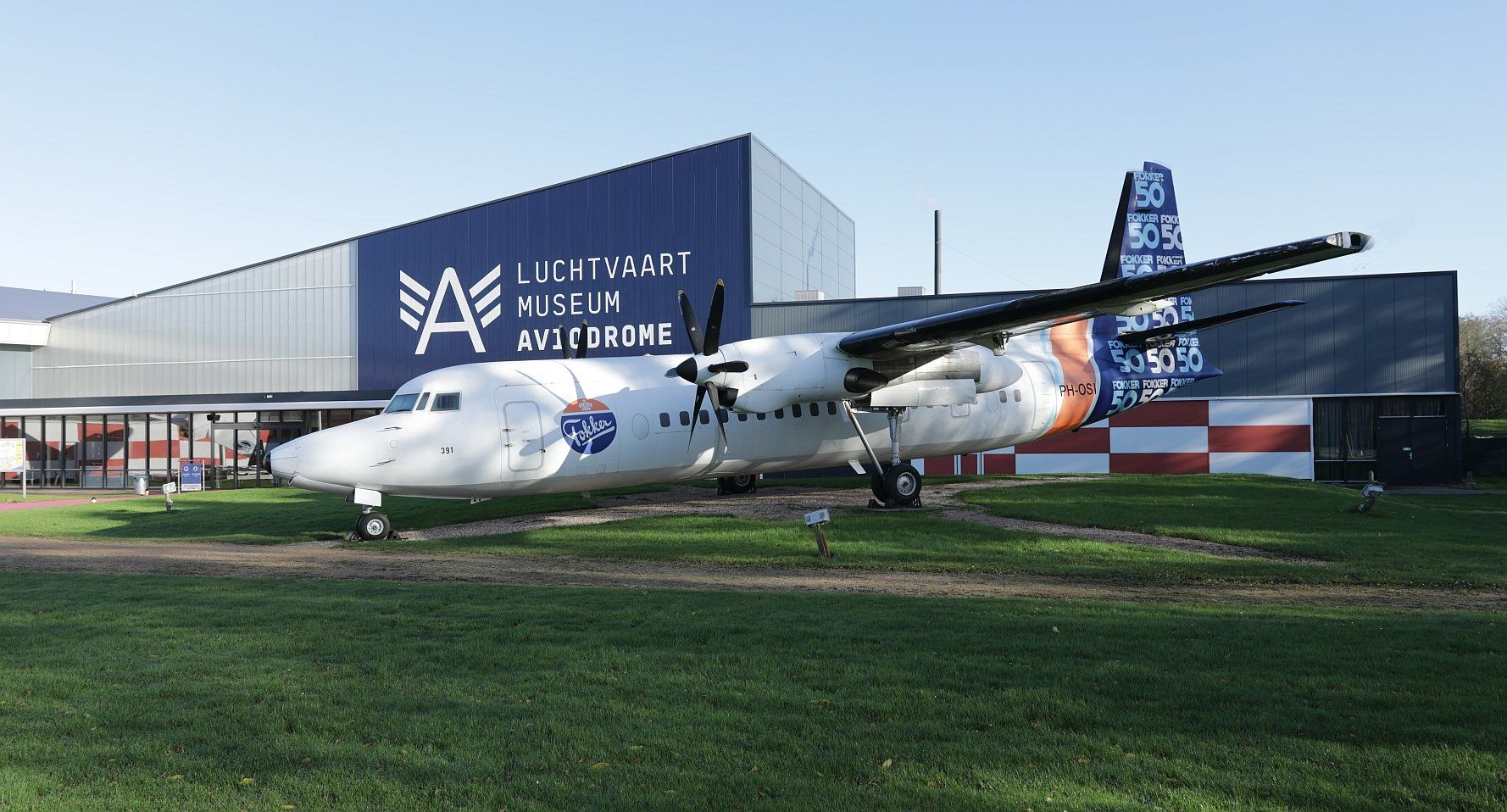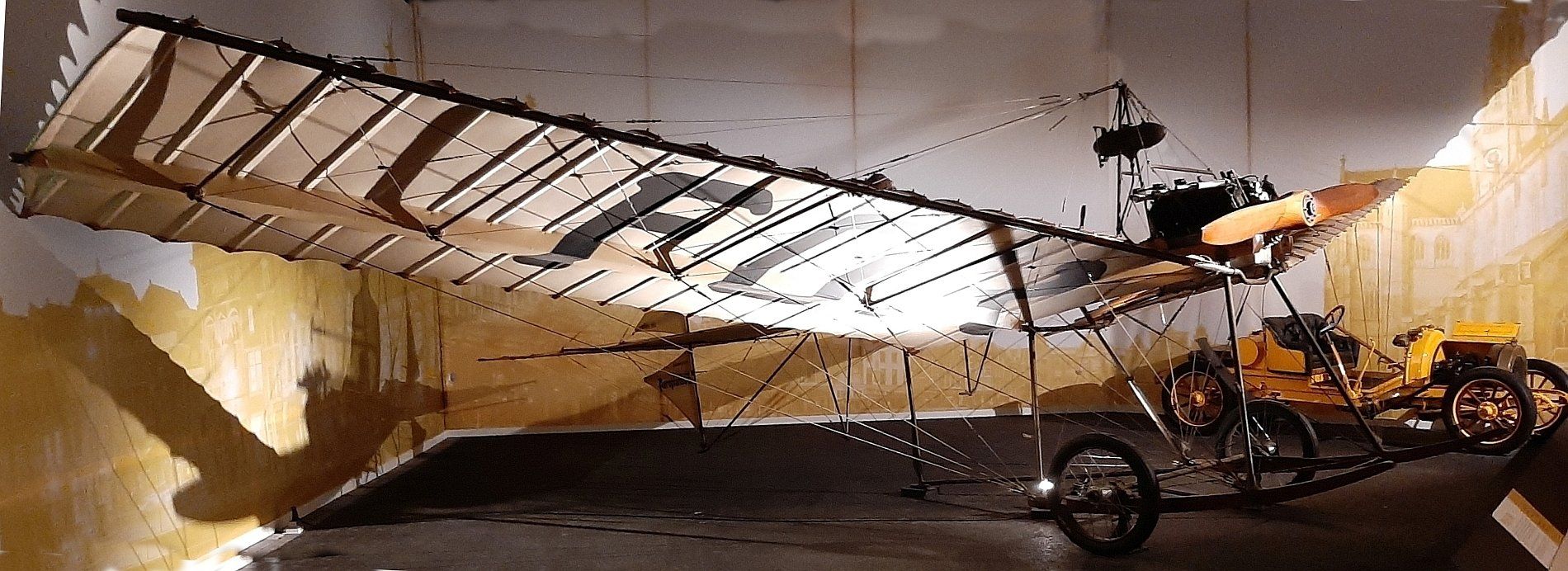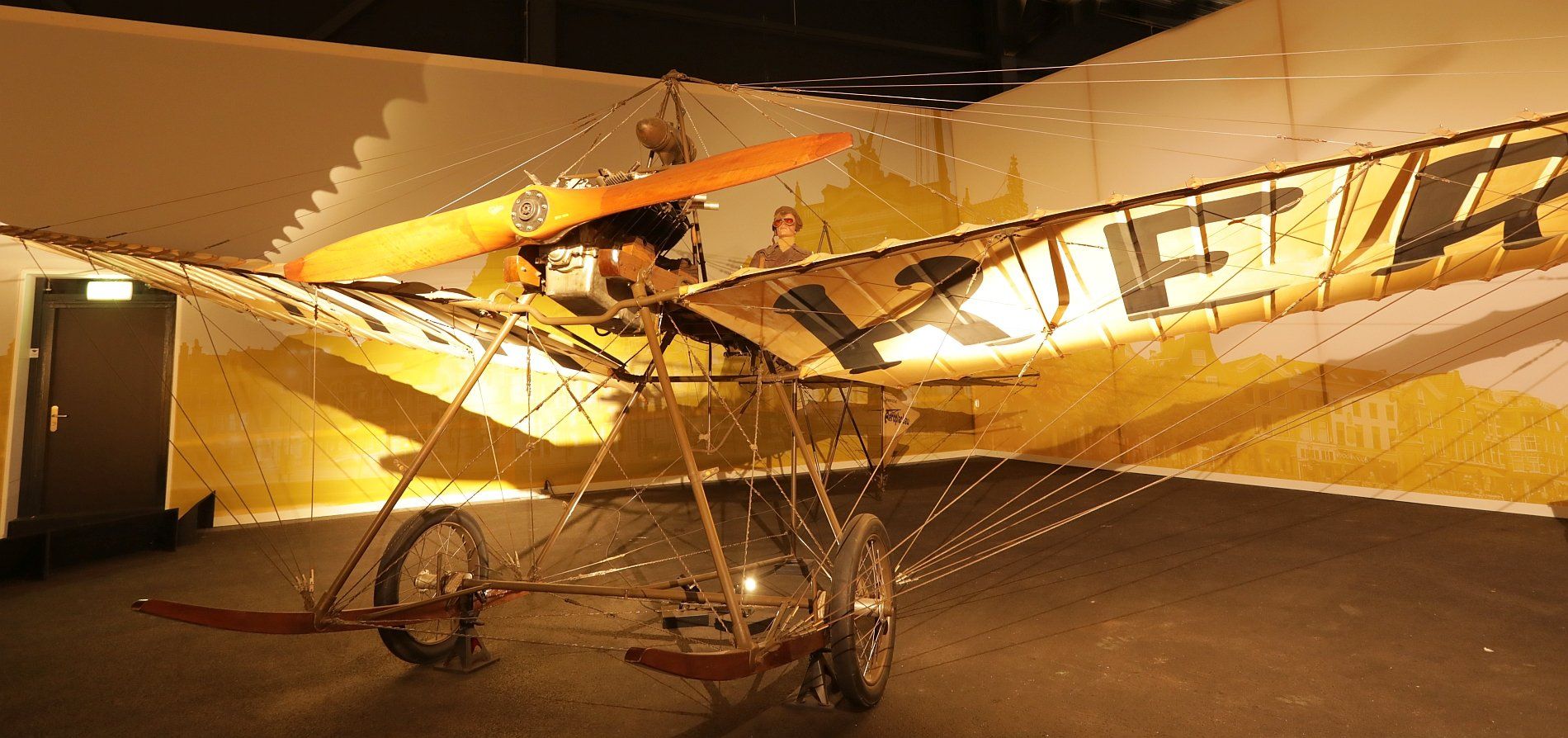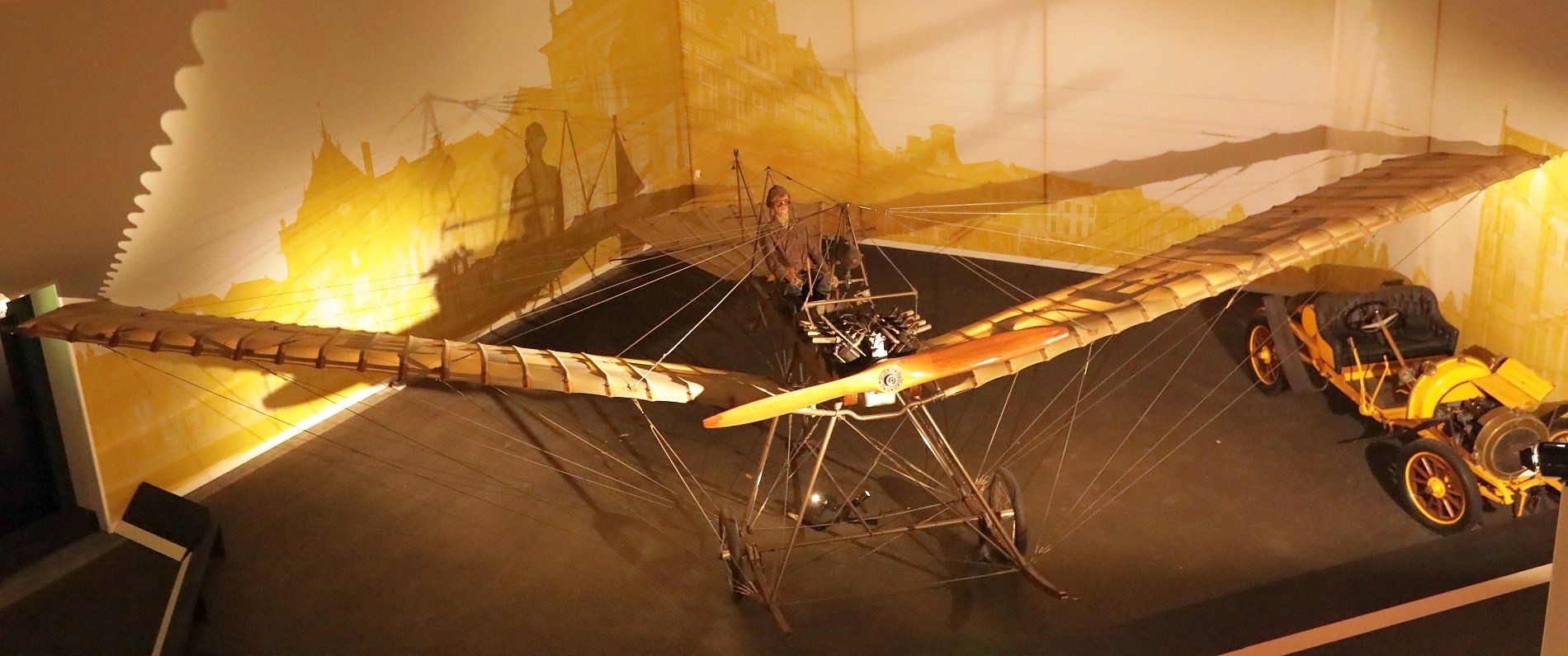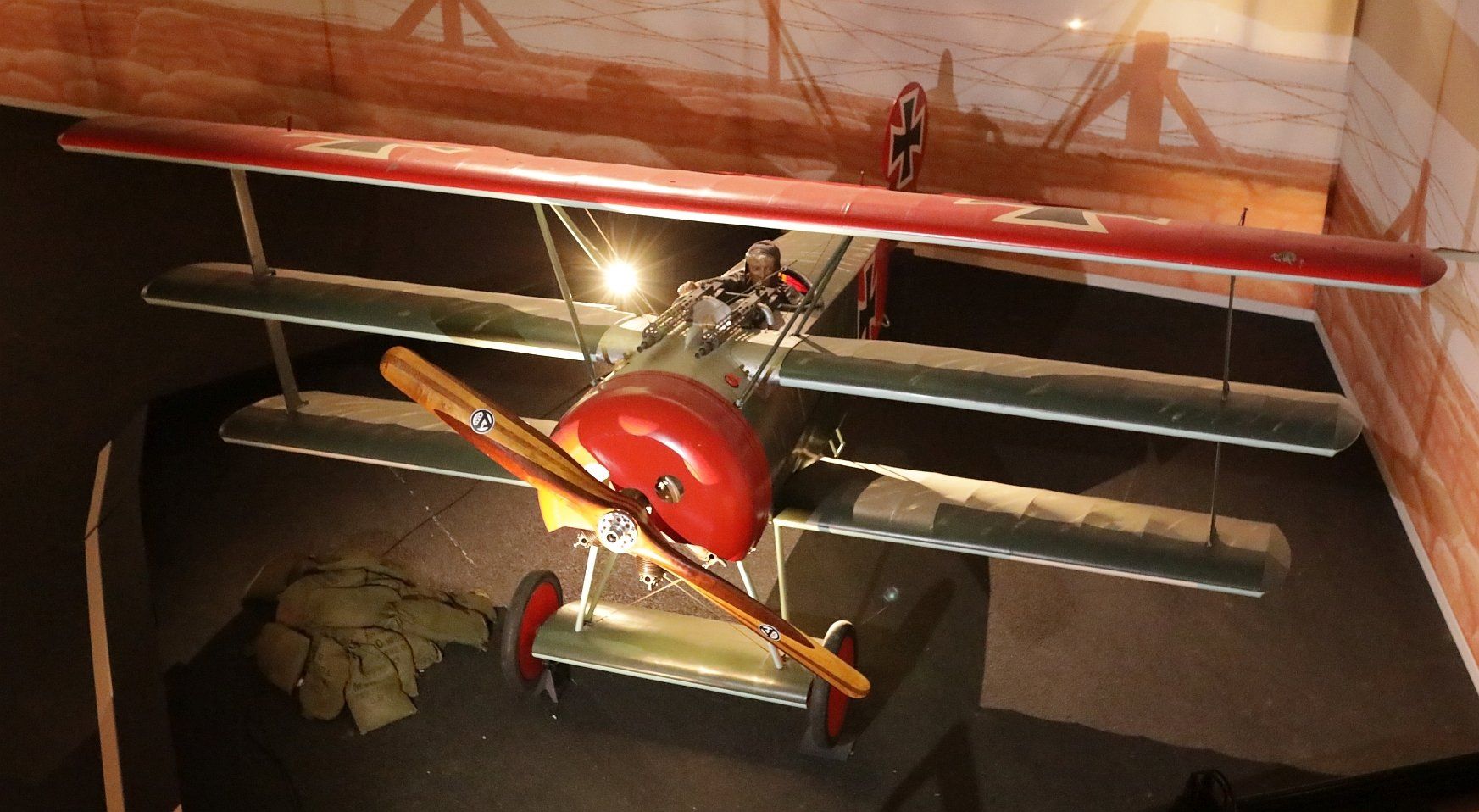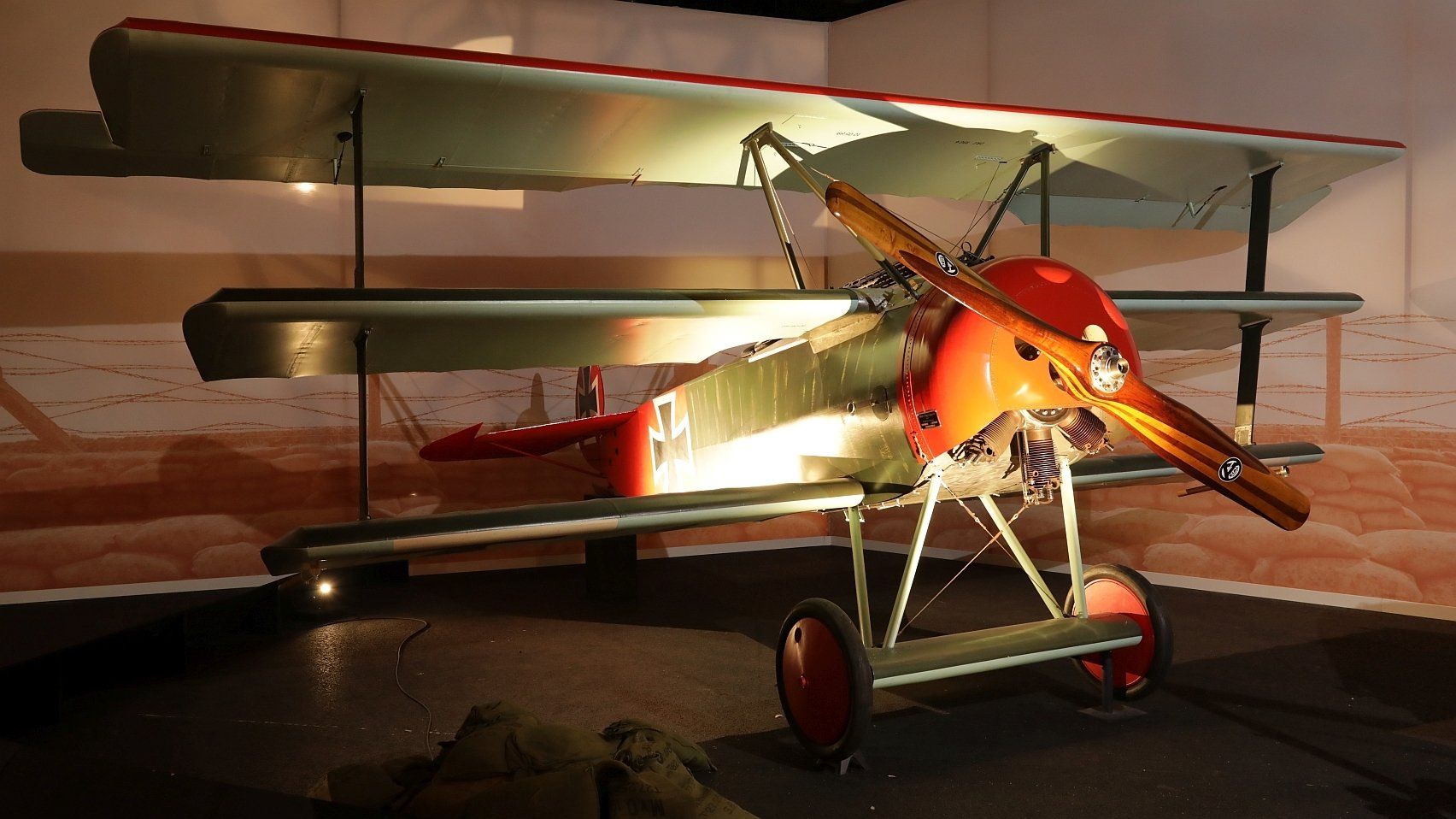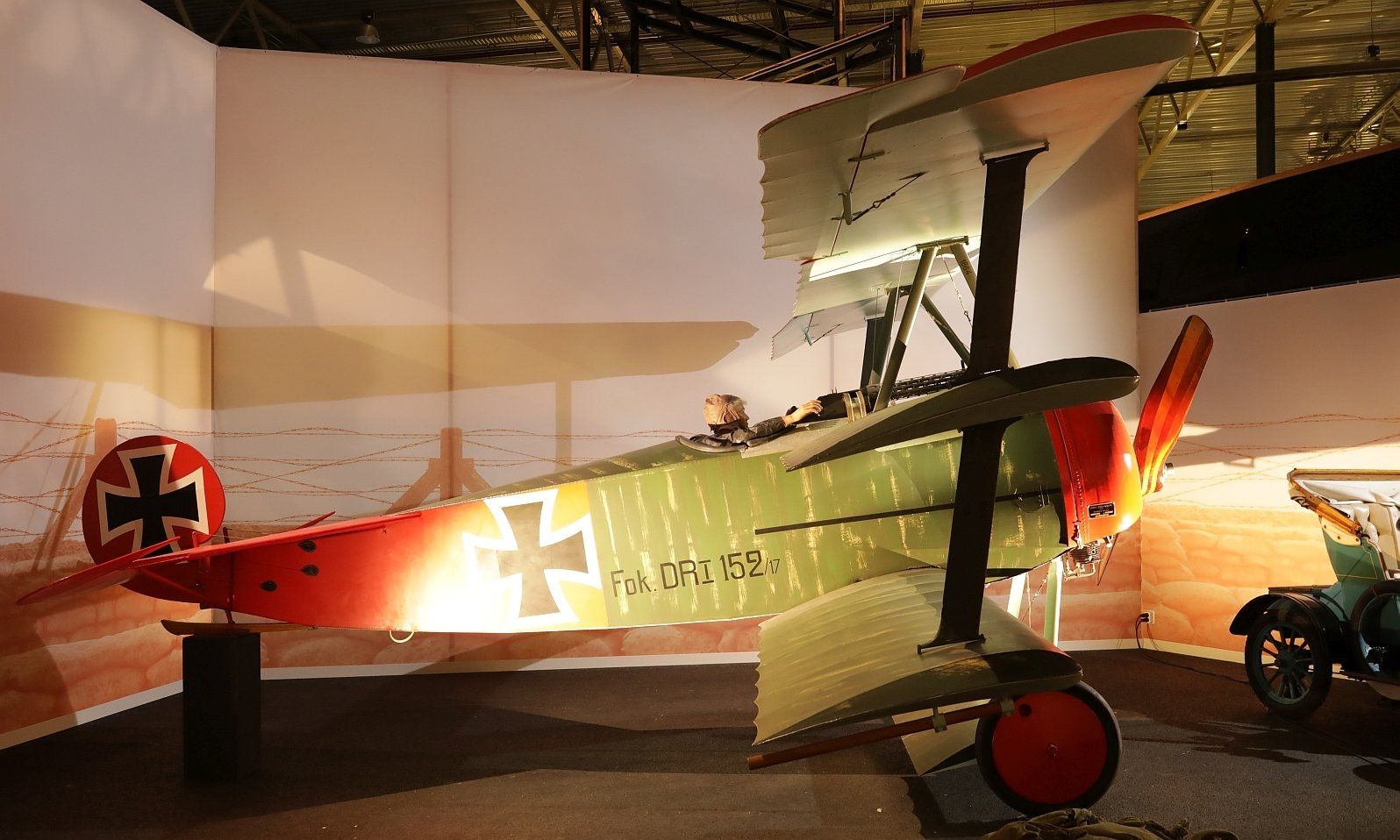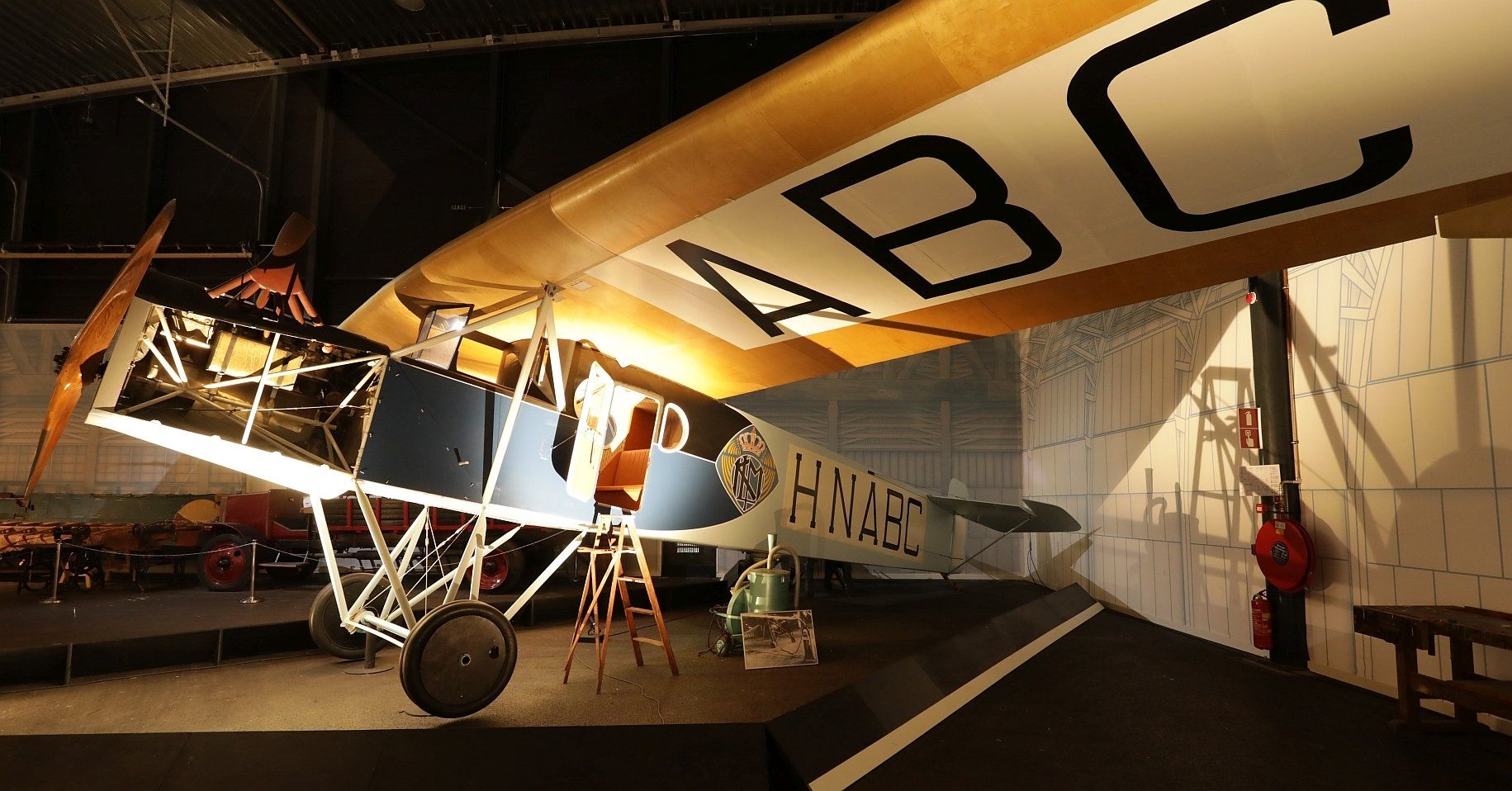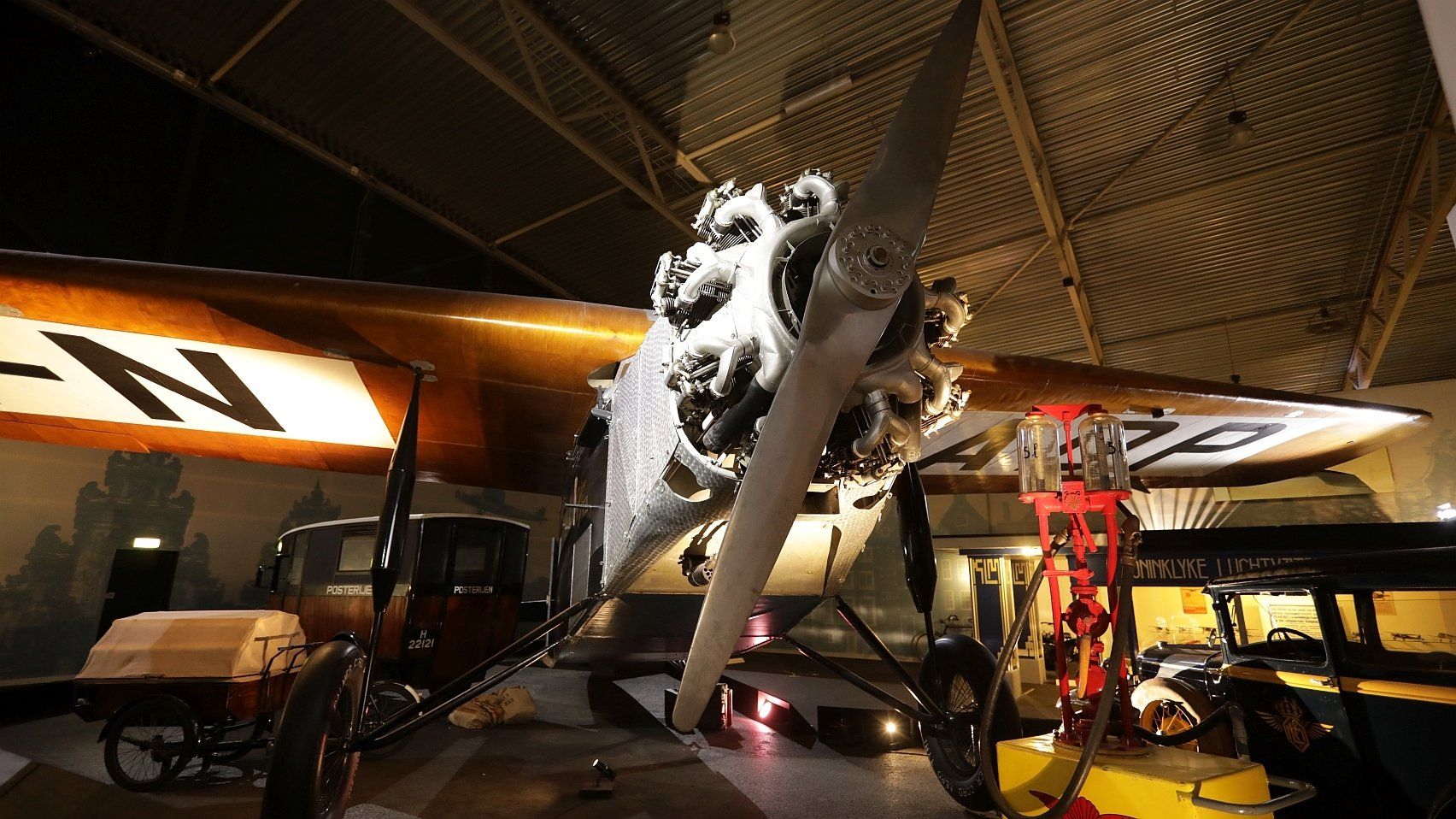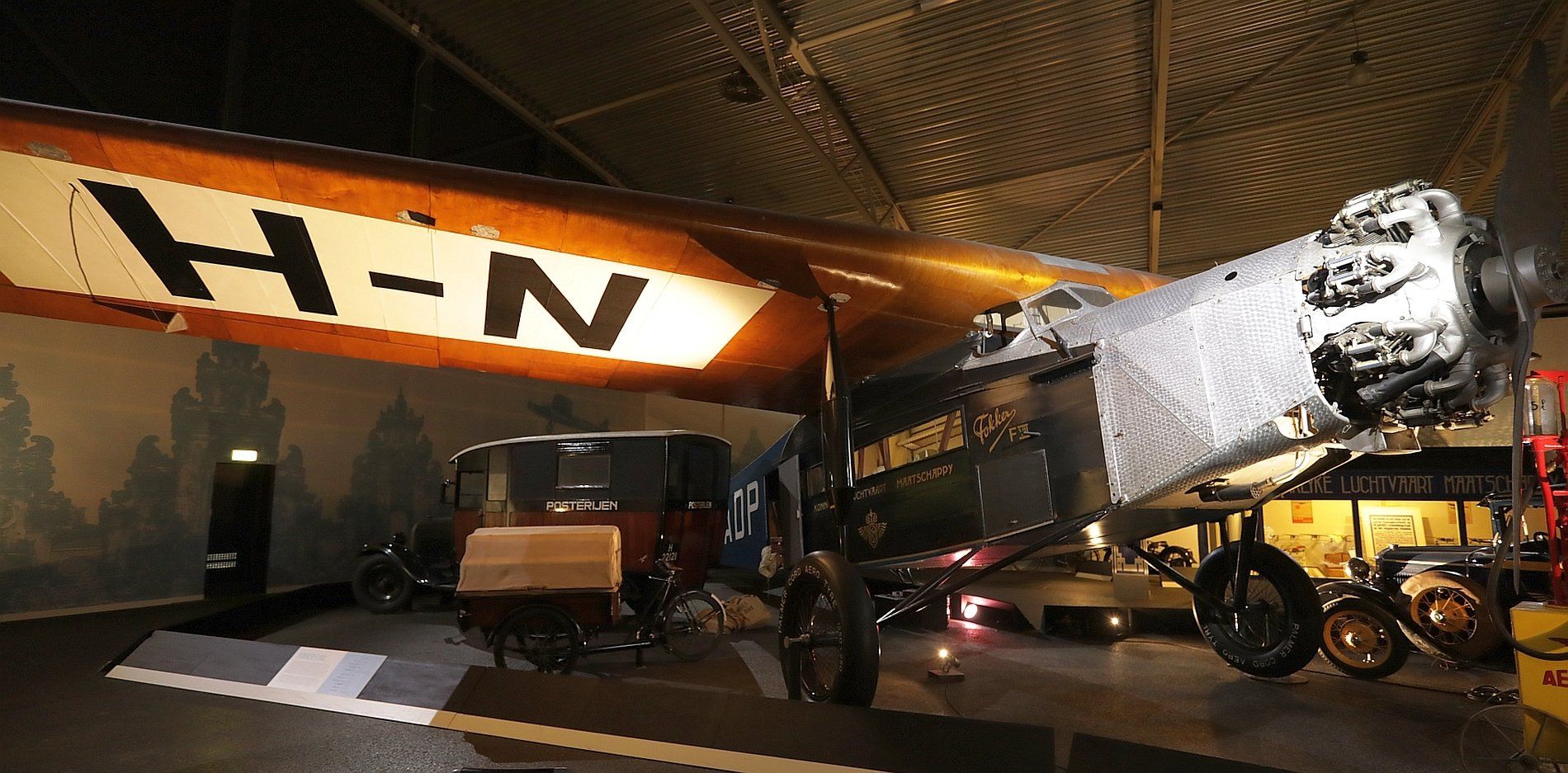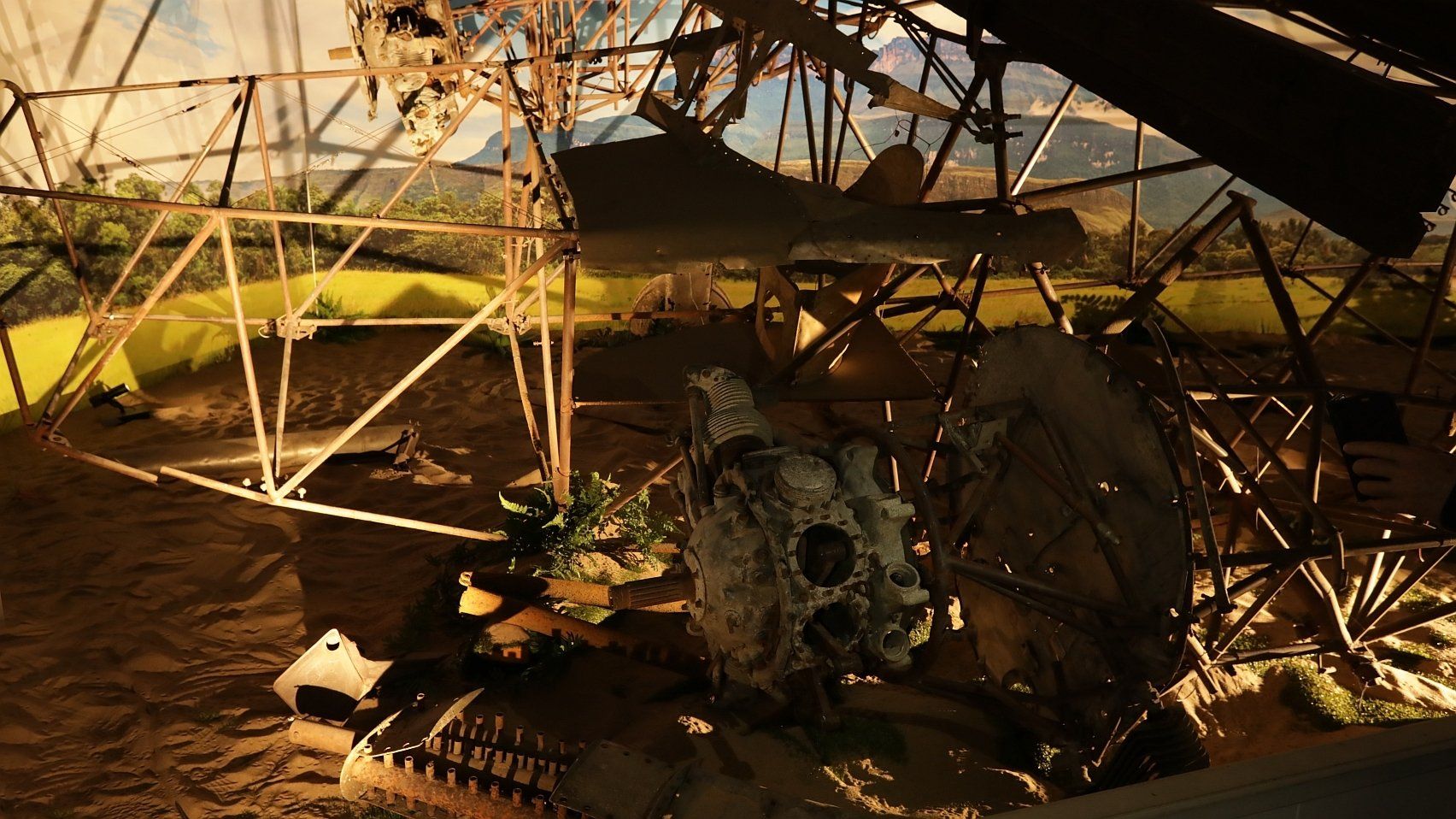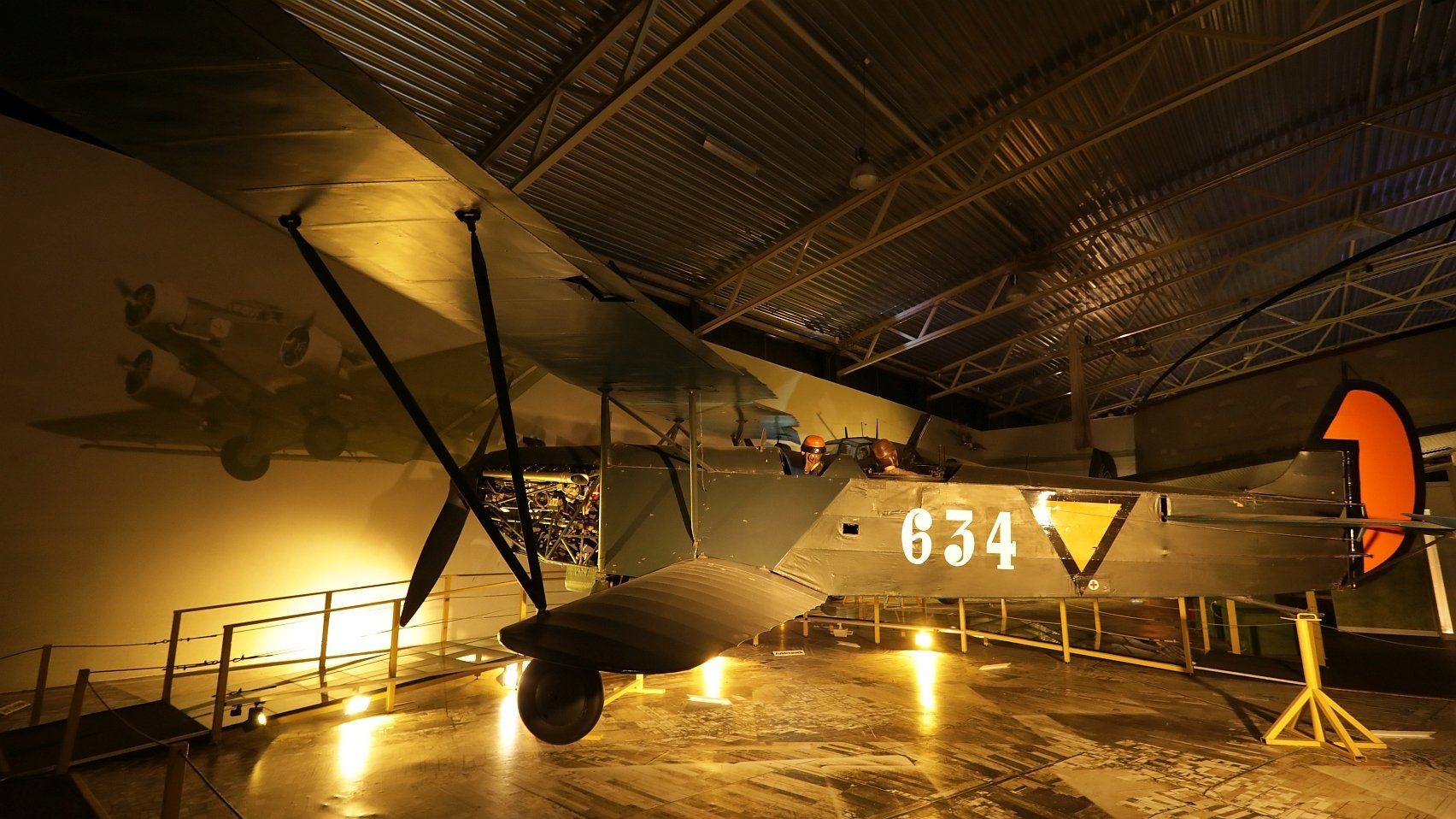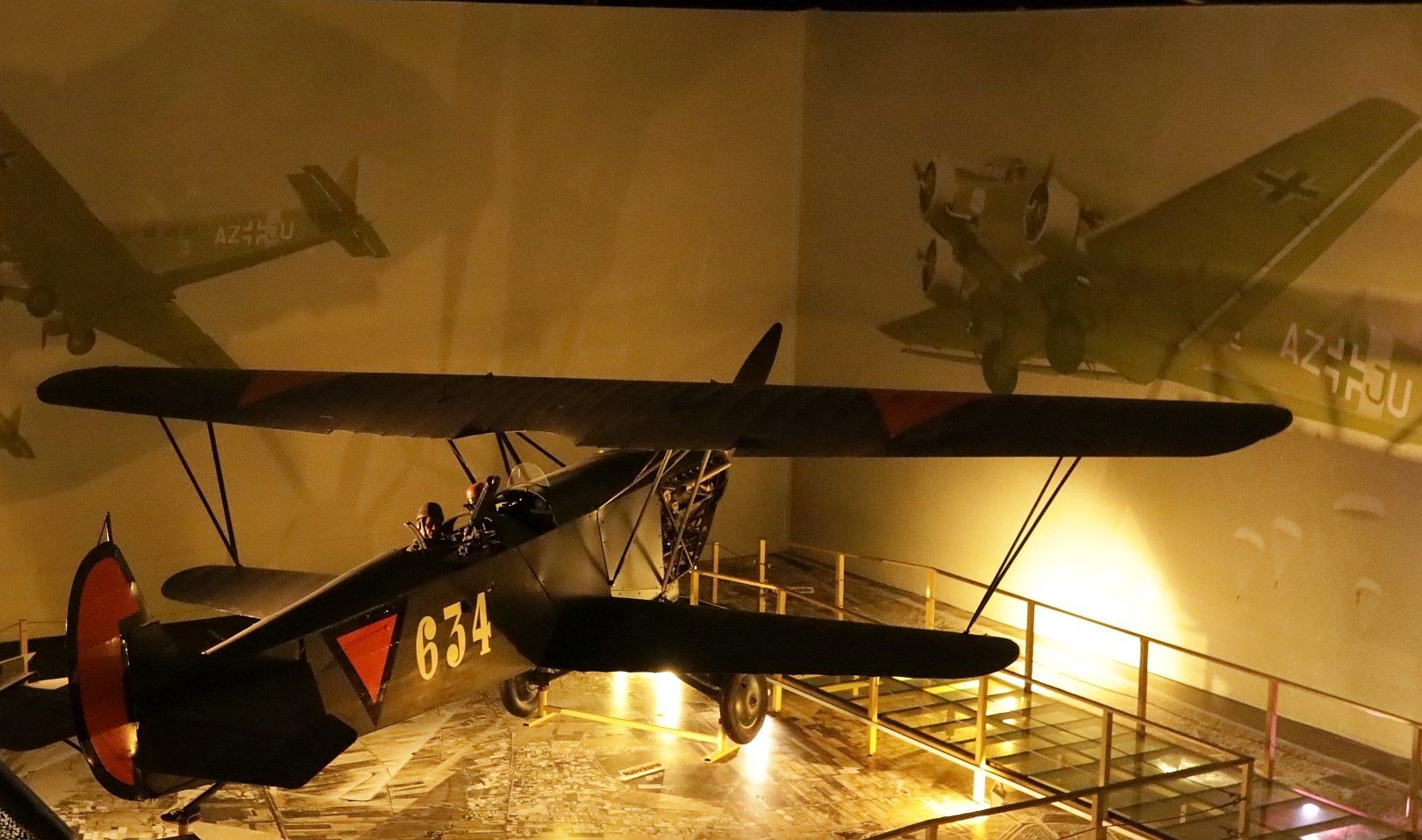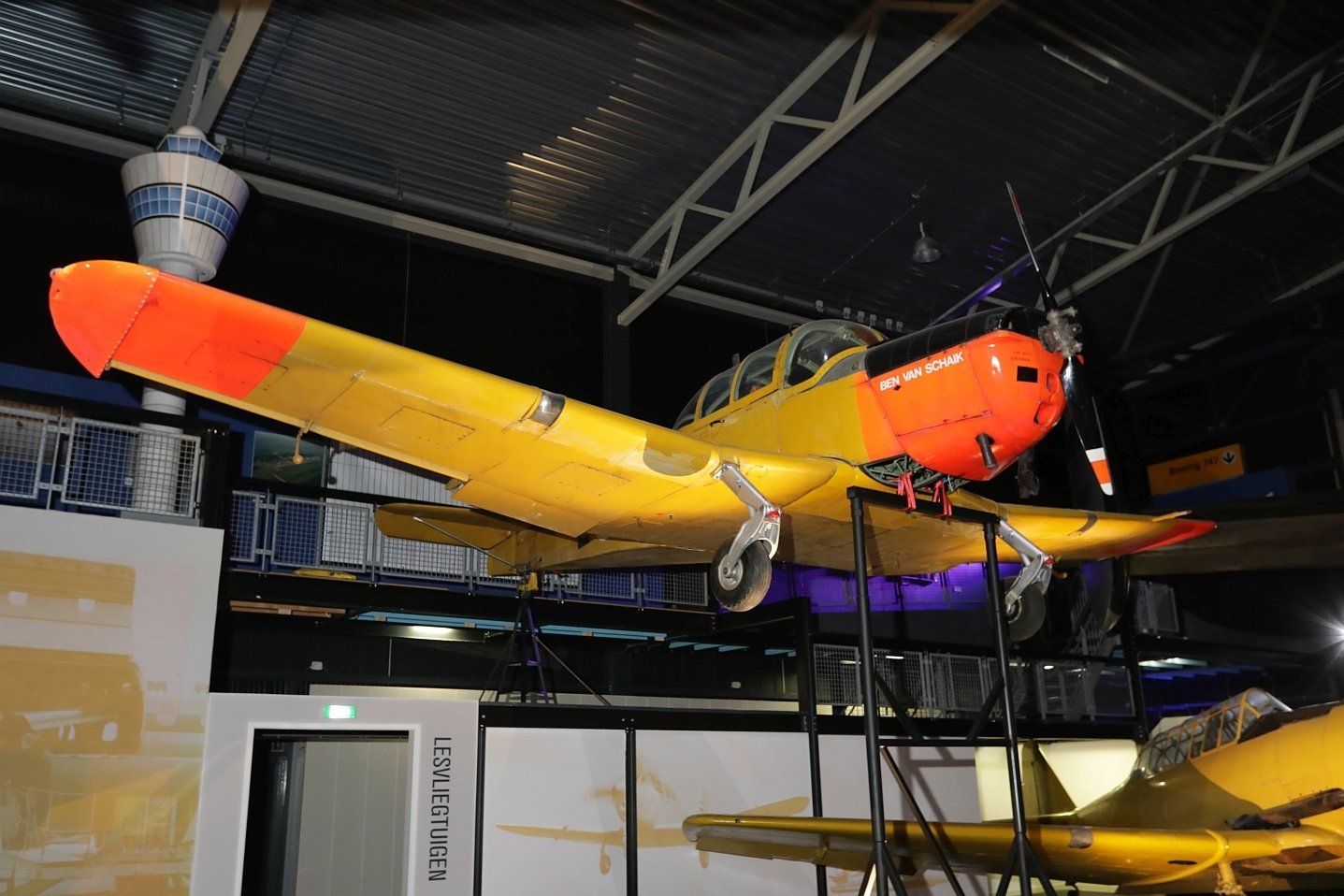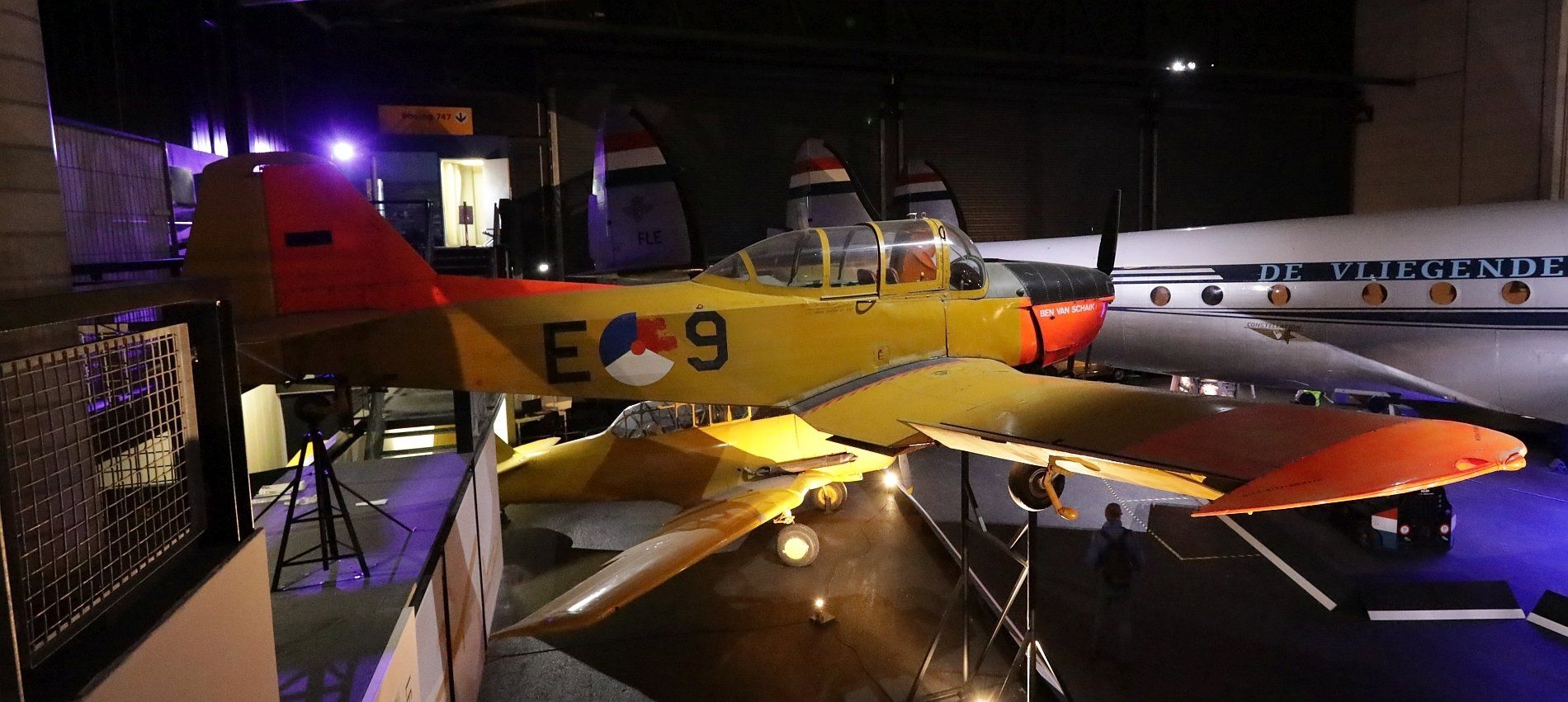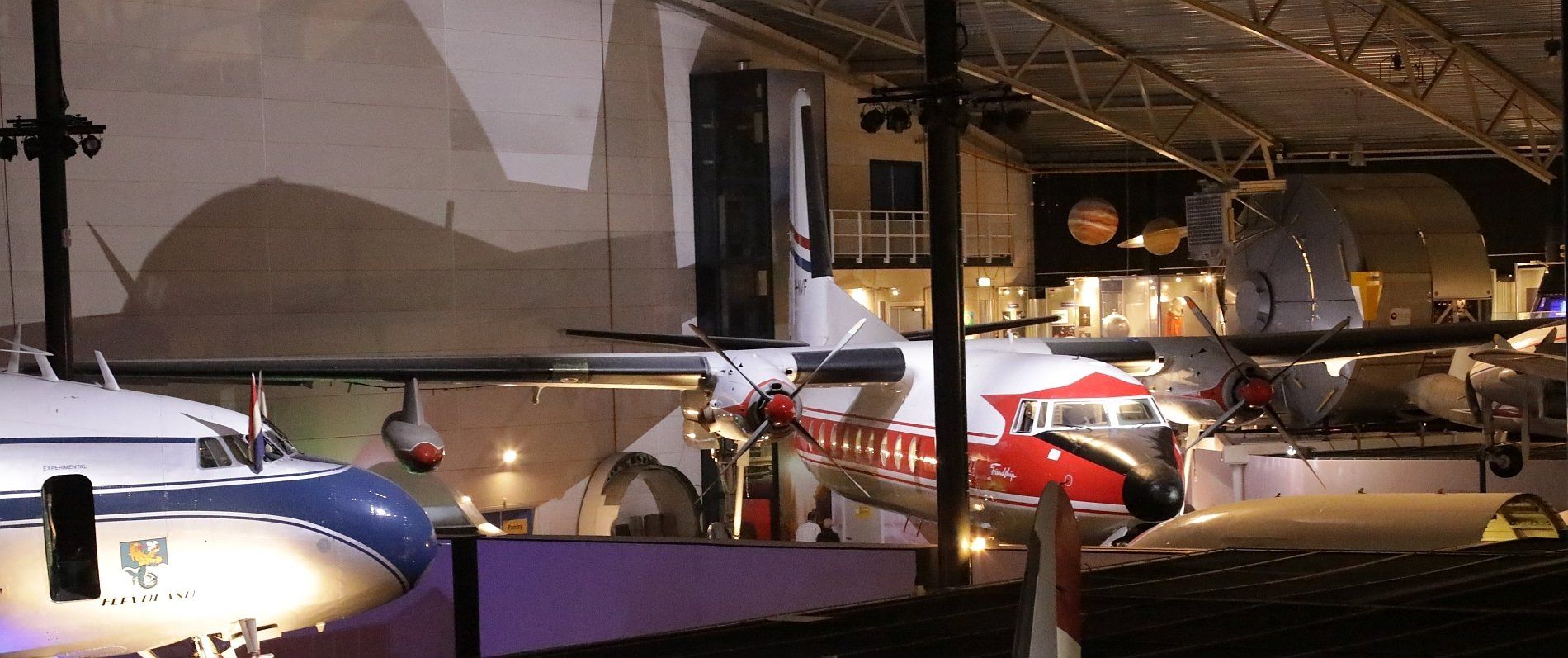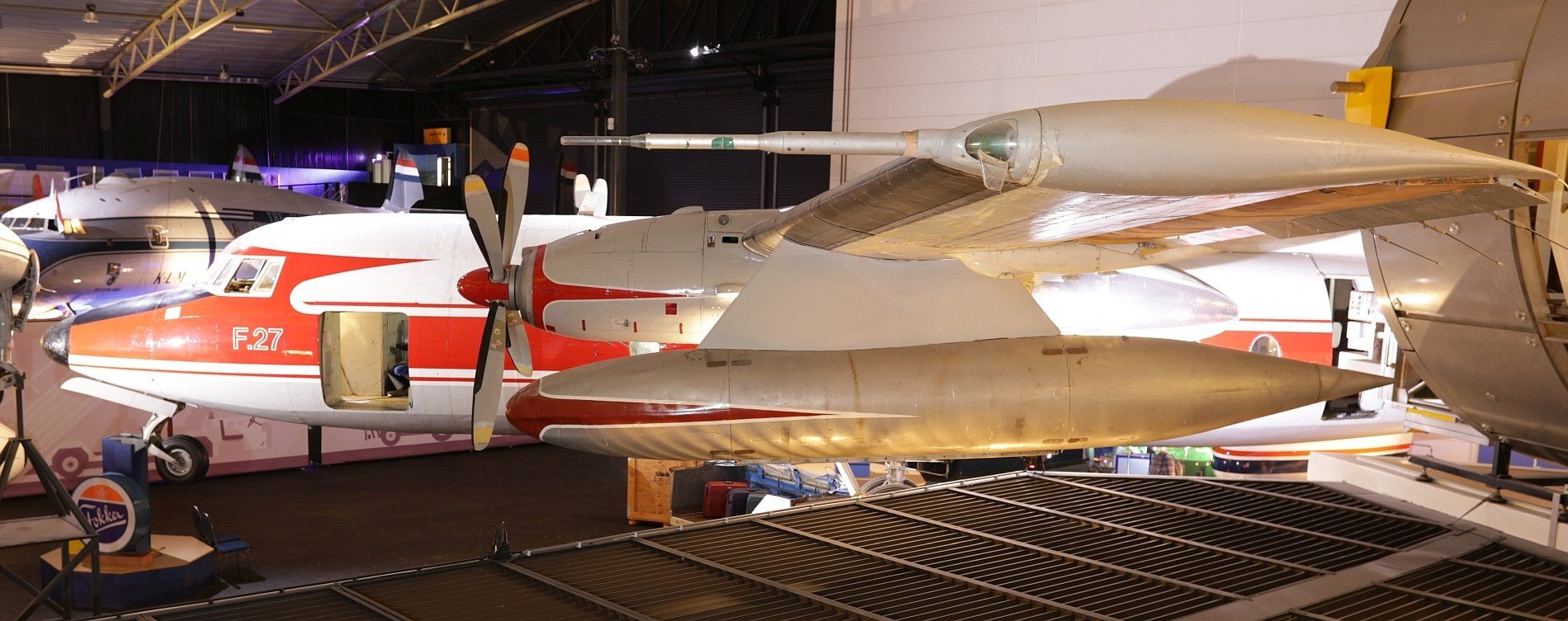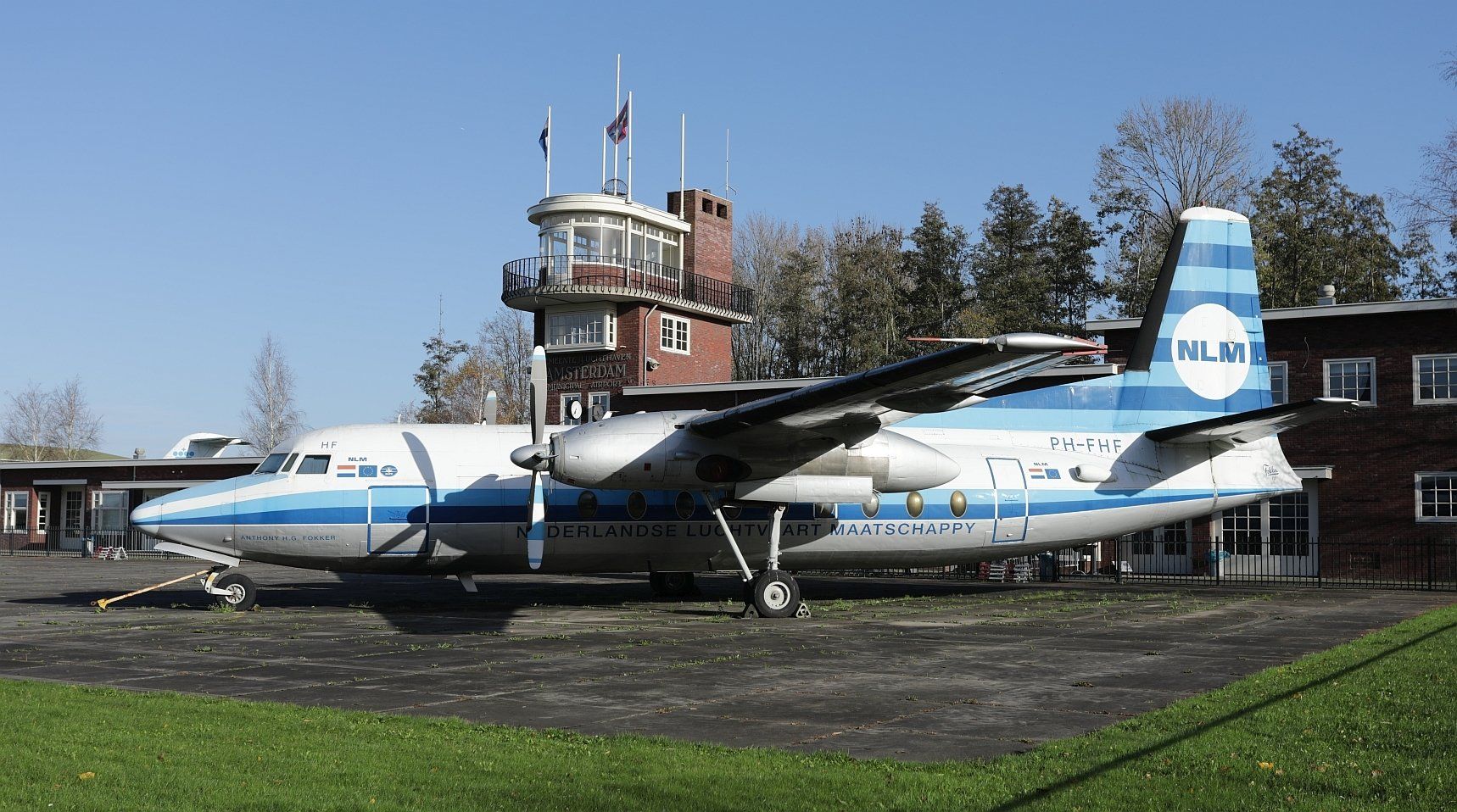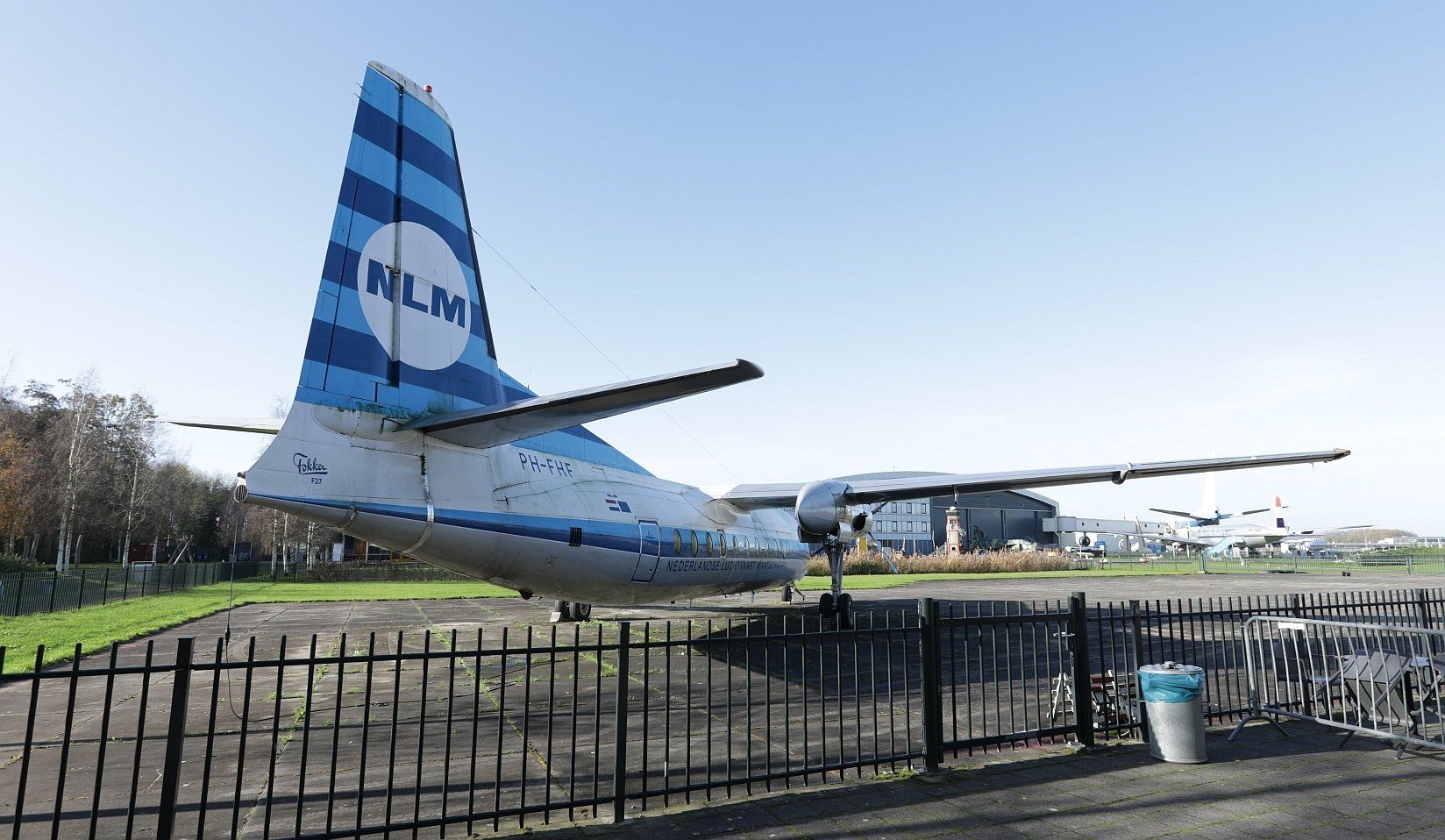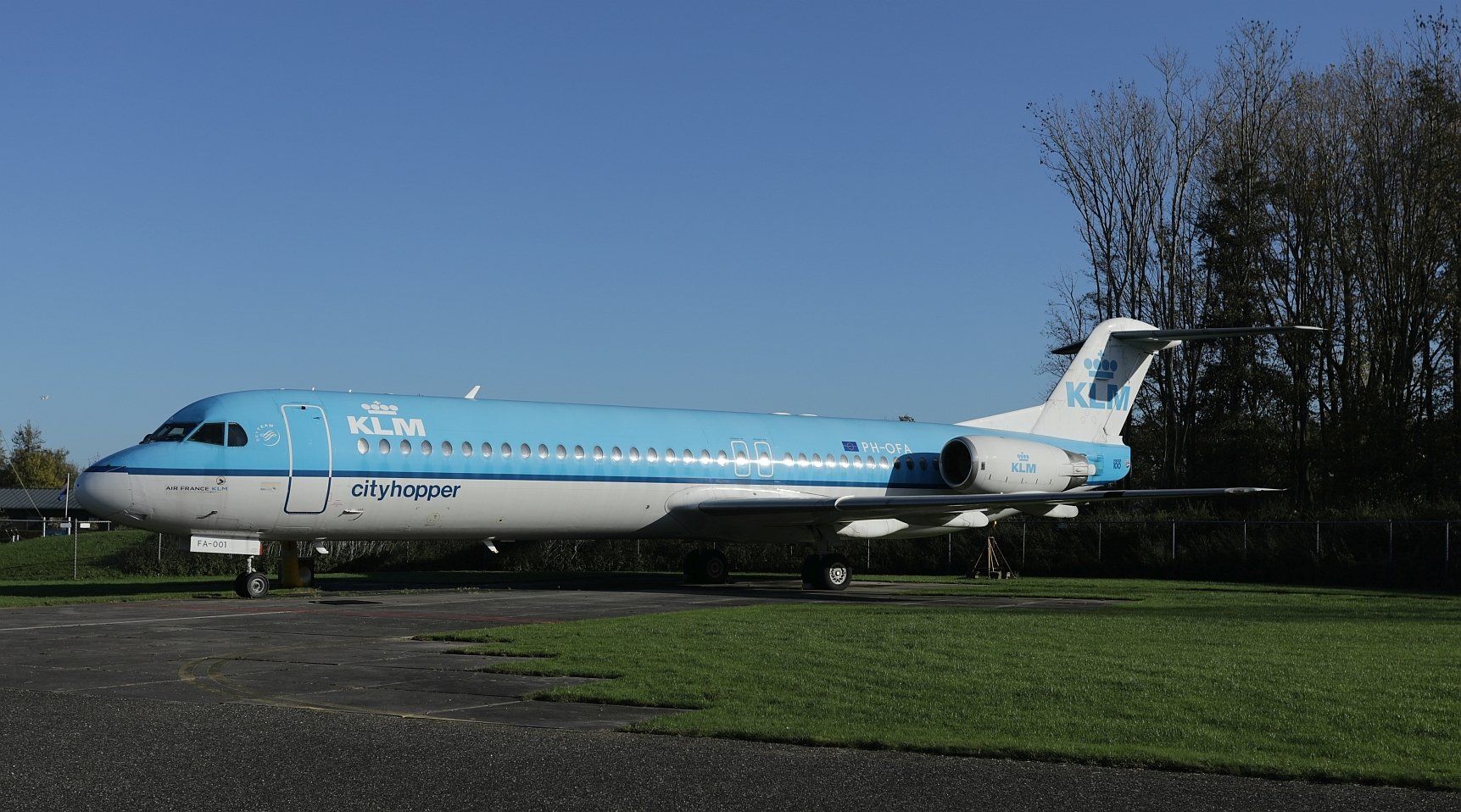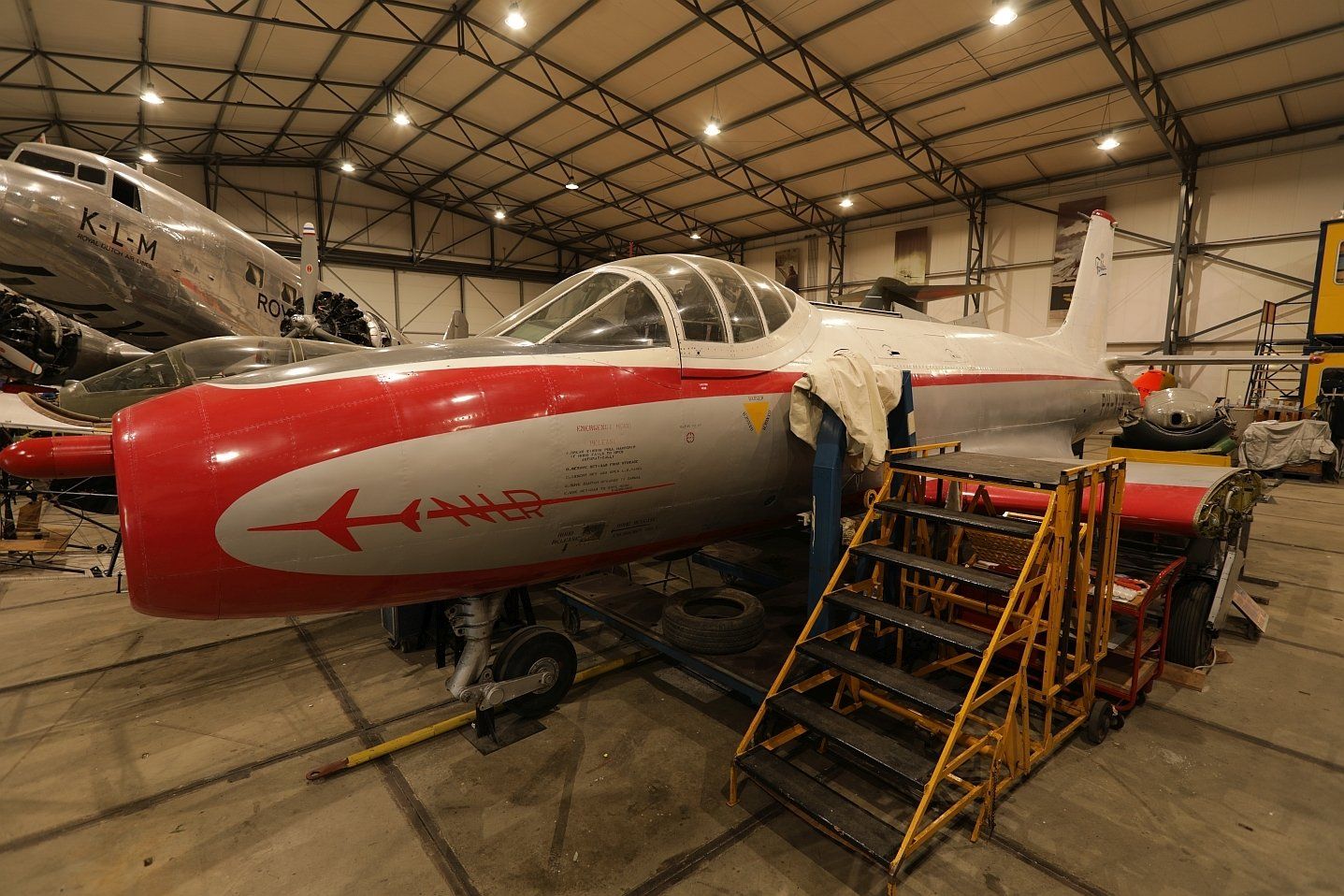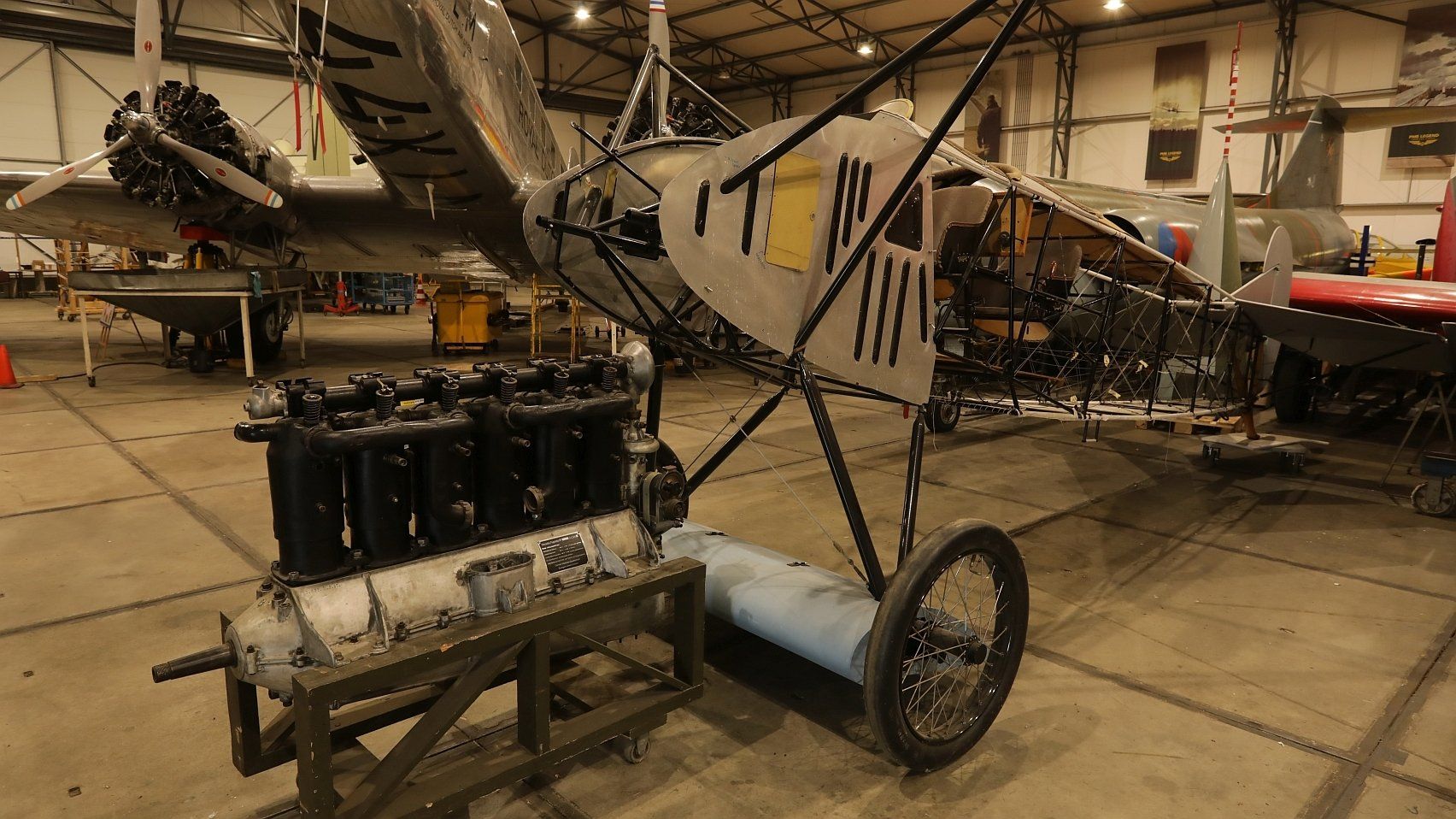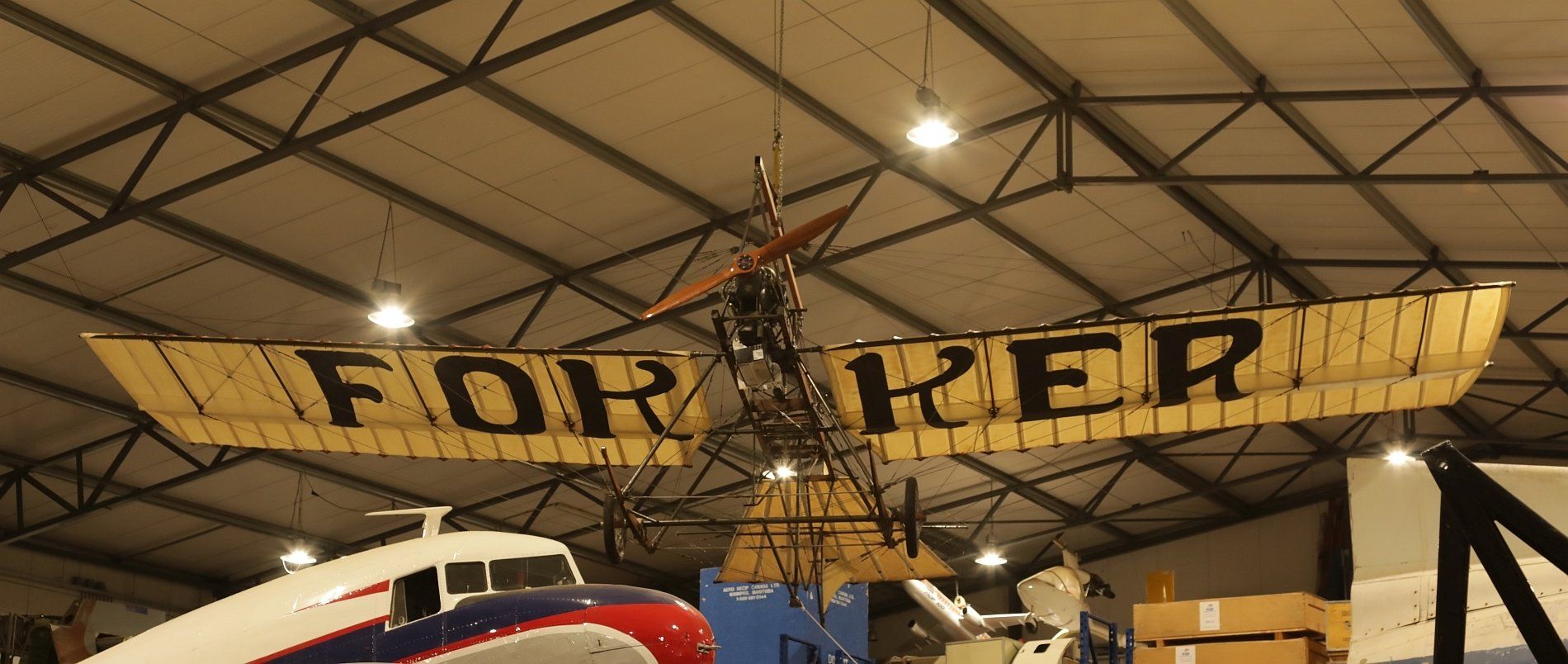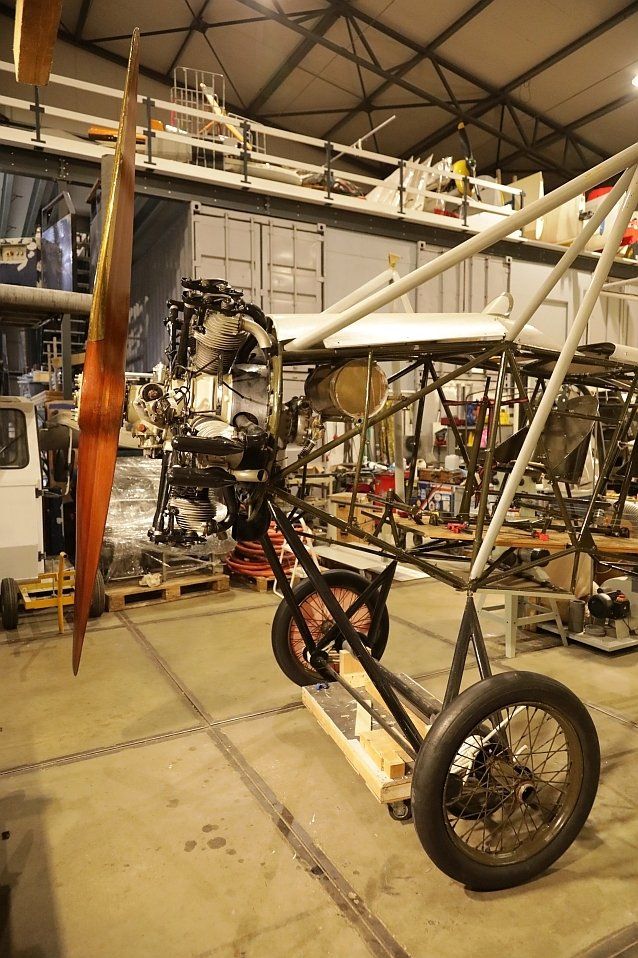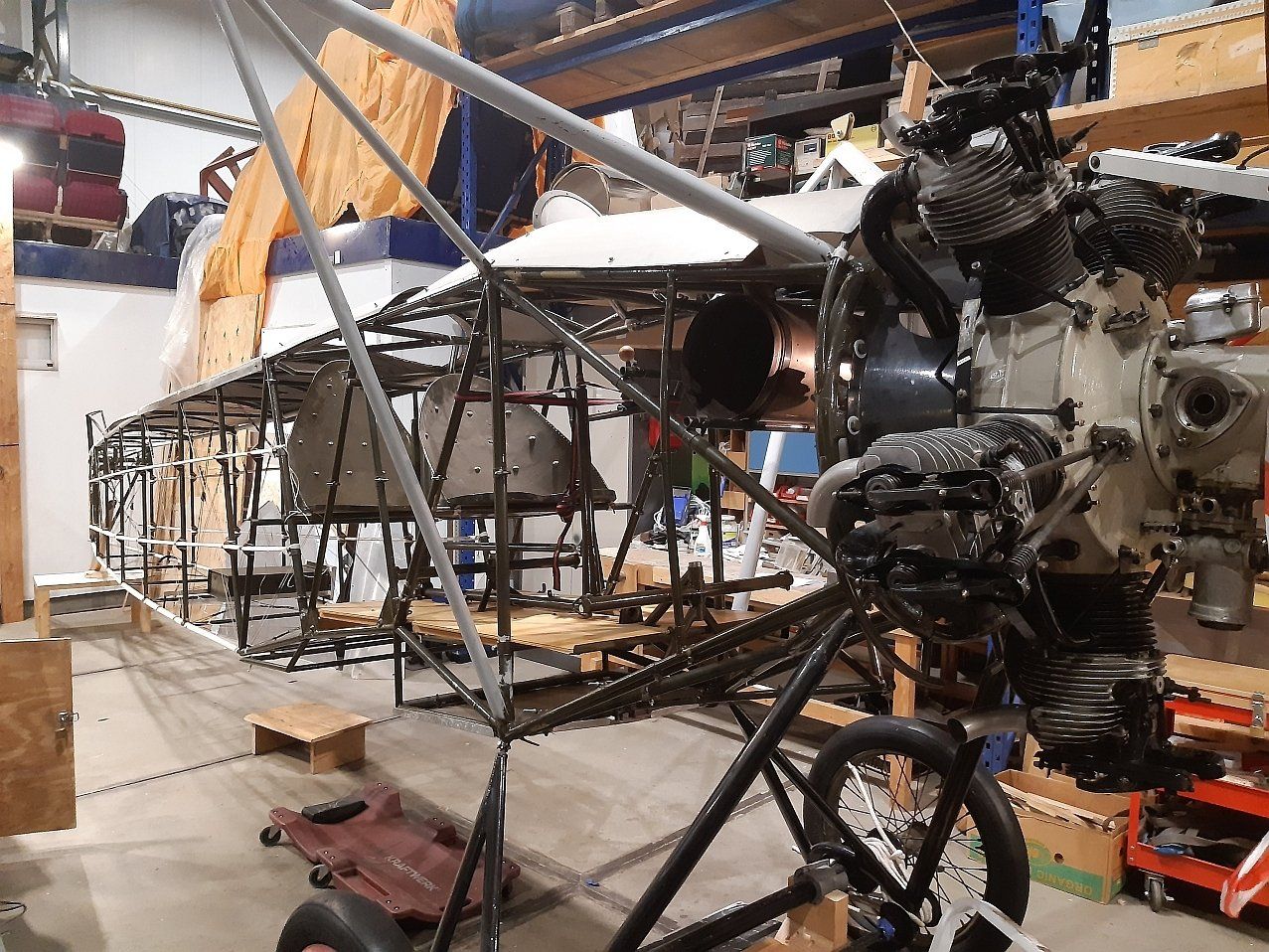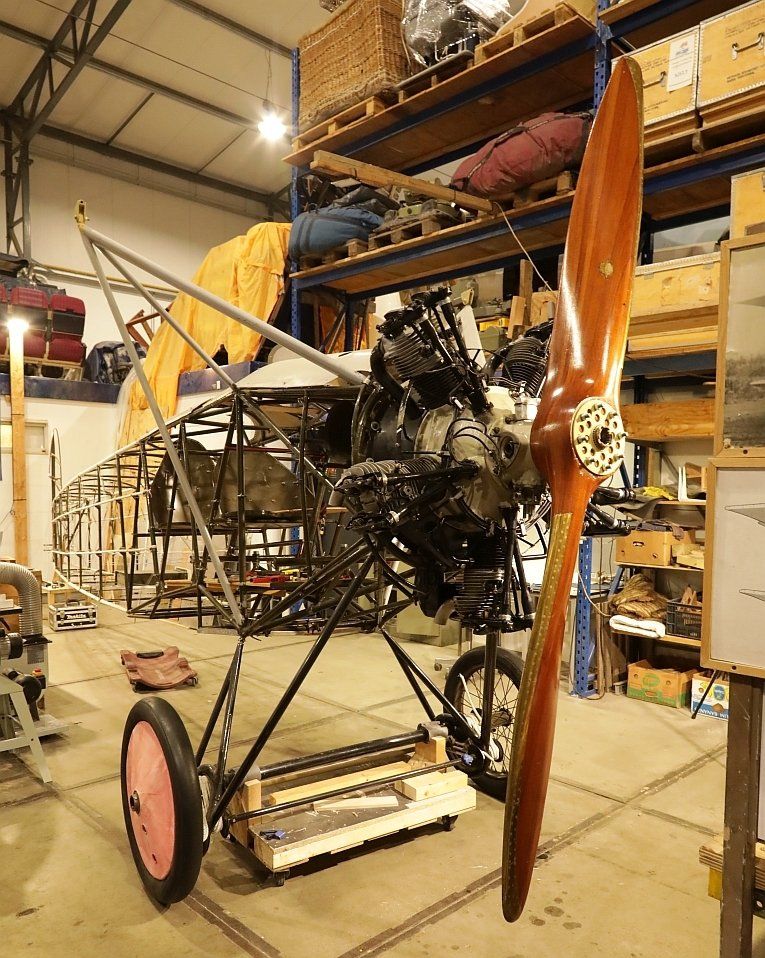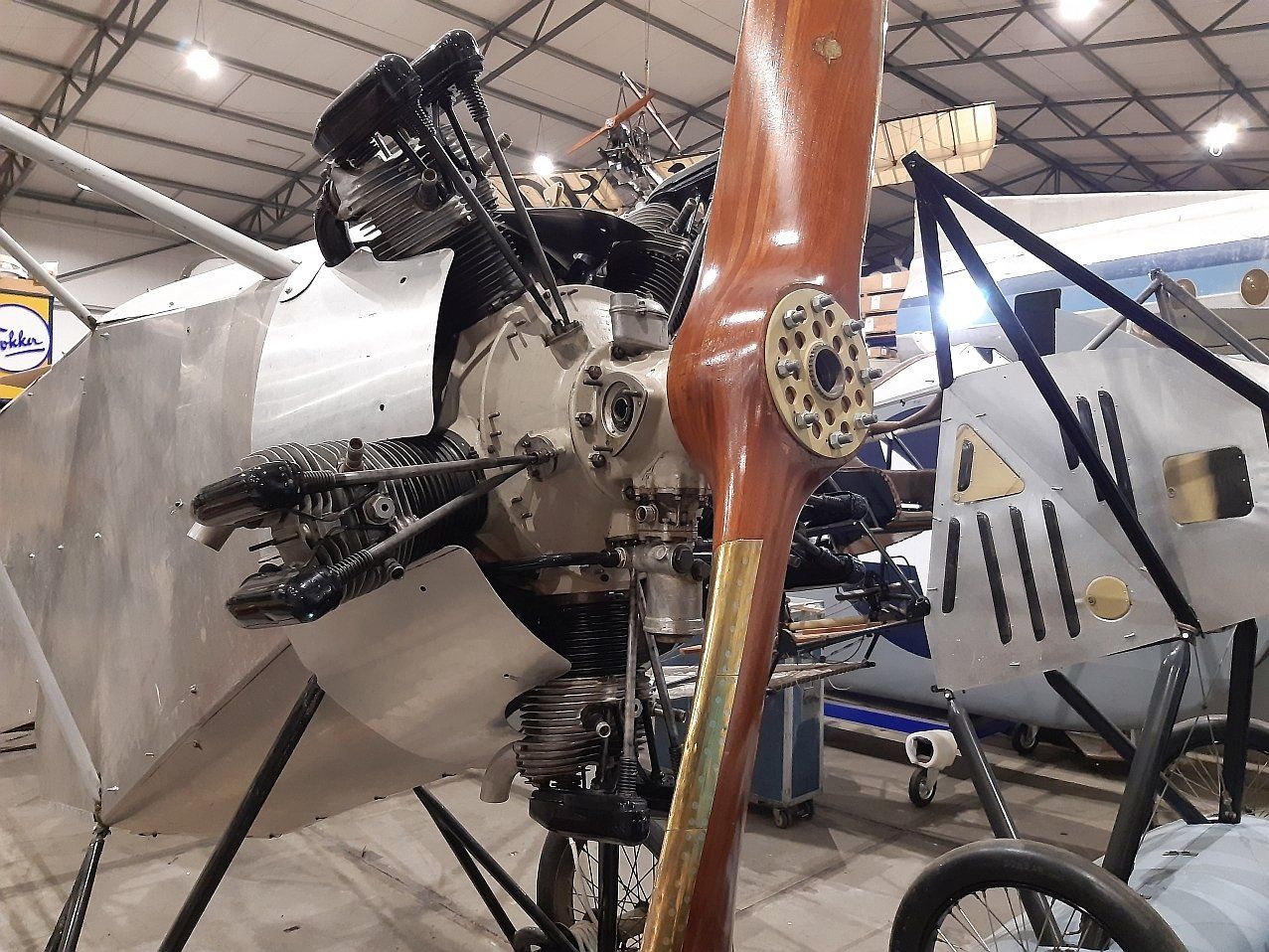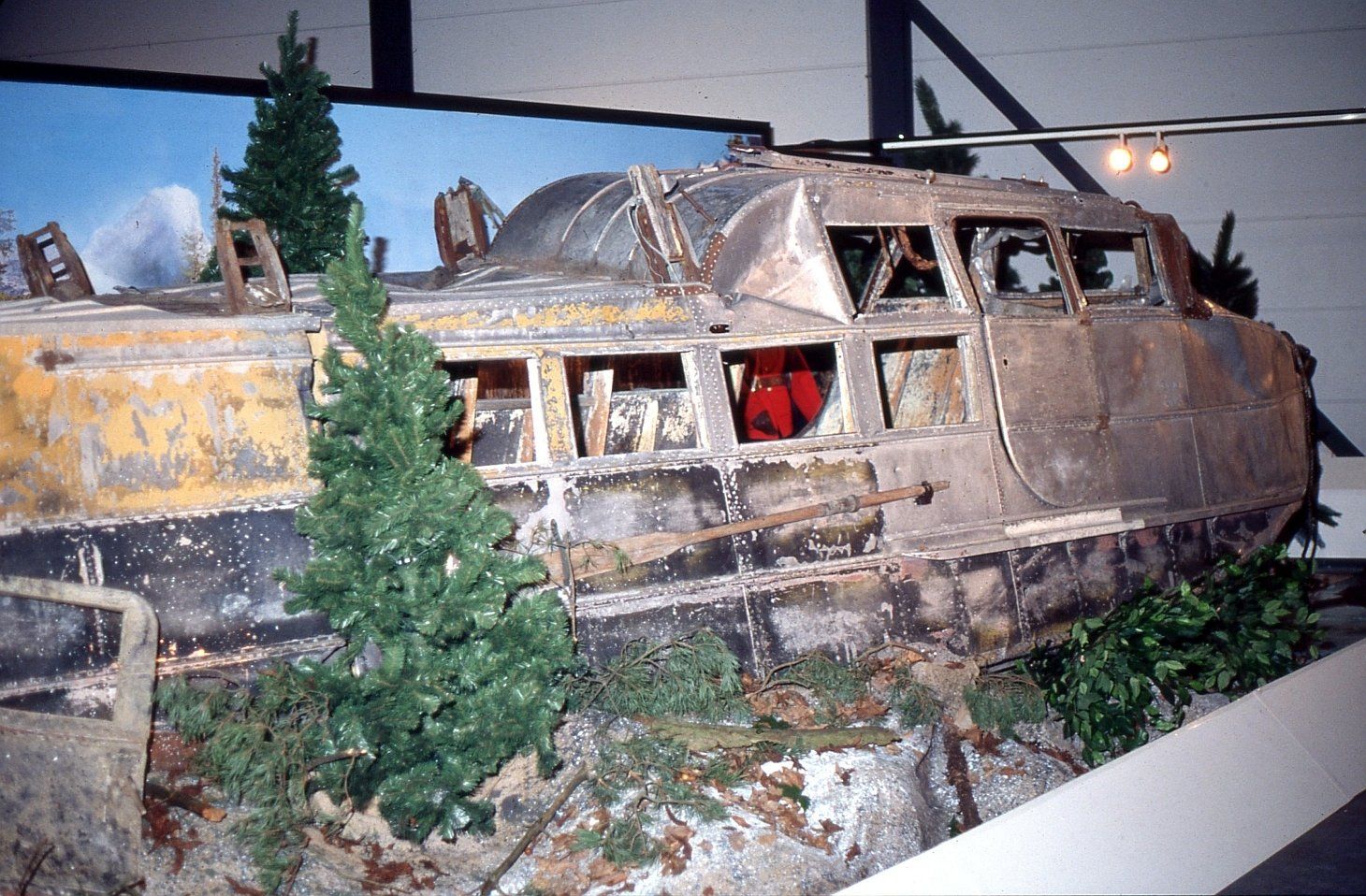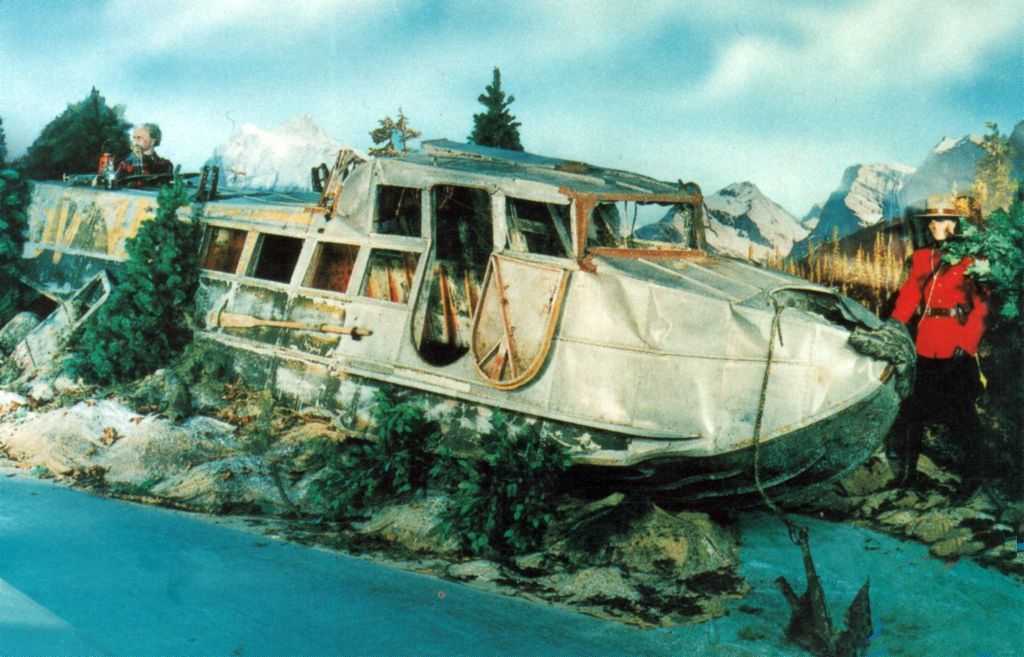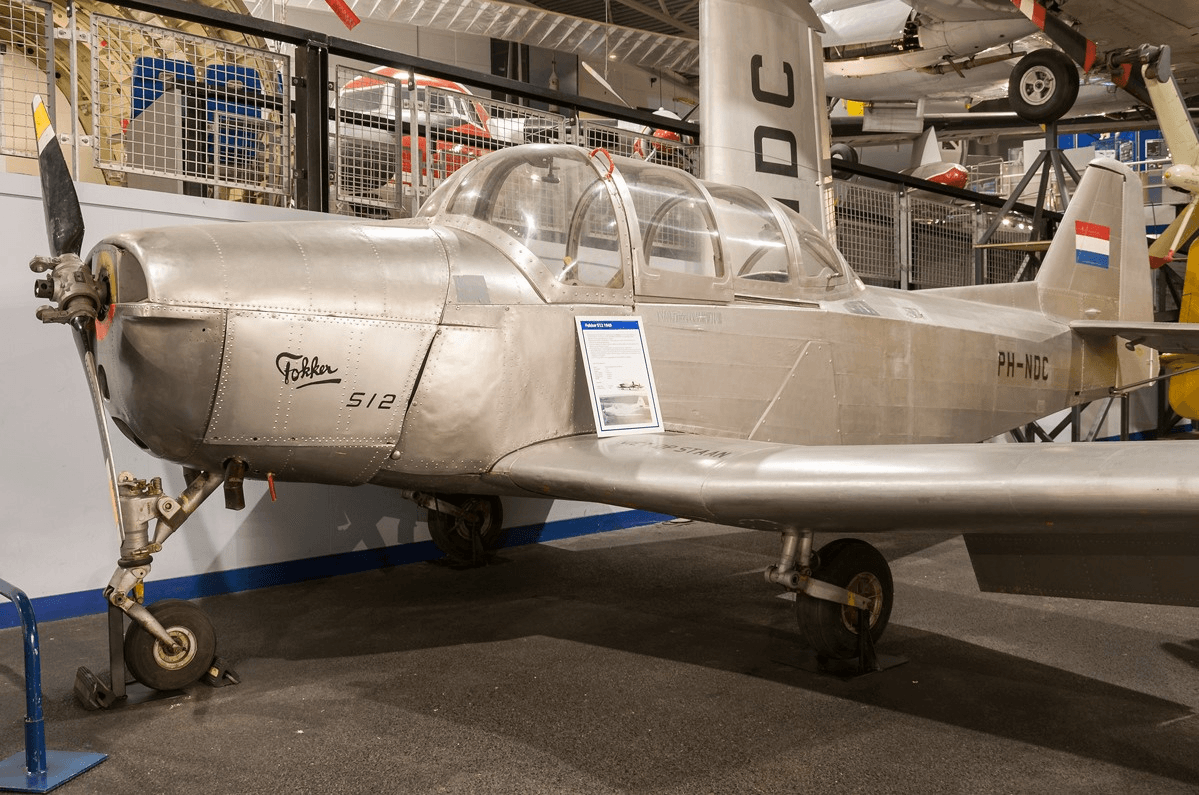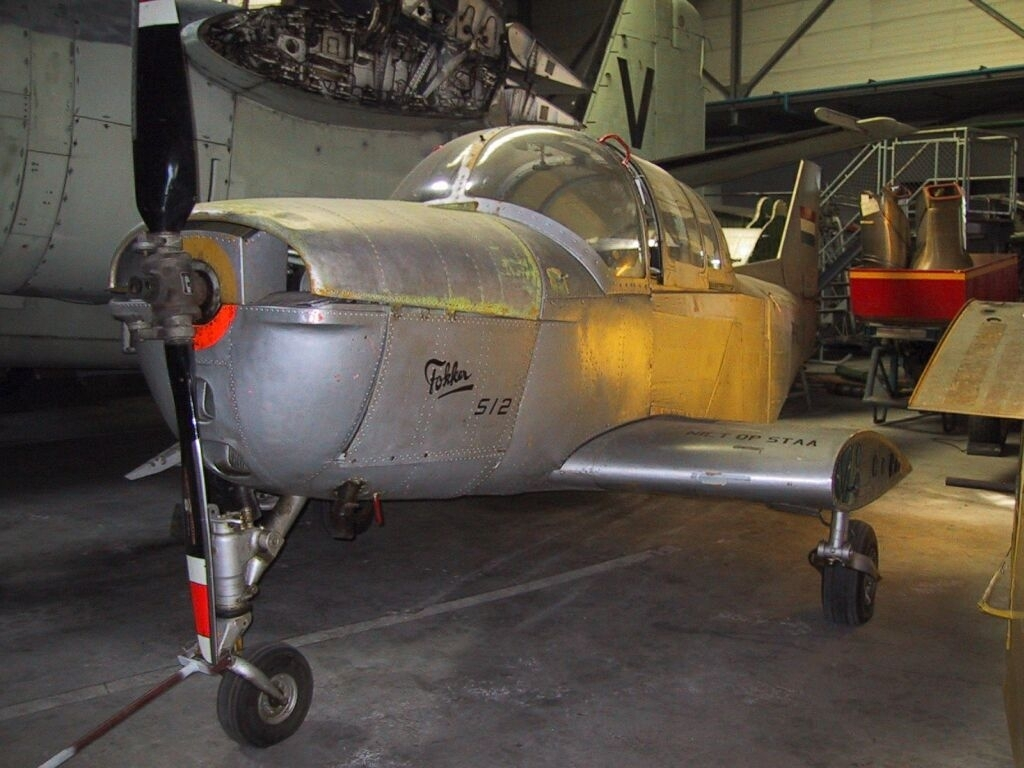Fokkers in Museums
preliminary translation
Fokker aircraft are included in museums in various countries in the world.
They can be found in aviation museums, but also in museums about technology, in war museums and in private collections.
On these pages we want to give attention to these heirlooms and replicas.
ATTENTION, the collections change regularly and this is a snapshot from 2021.
- Aviation Museum Aviodrome in Lelystad
- Behind the scenes at the Aviodrome
- National Military Museum
- Stampe and Vertongen Museum, Belgium
- Musée de l'air et de l'espace, France
- “Amicale Jean-Baptiste Salis” (Salis flying museum), France
- Museo dell'Aeronautica Gianni Caproni, Italy
- Verkehrshaus der Schweiz, Switzerland
- Flieger Flab Museum, Switzerland
Aviodrome Lelystad, Netherlands
Fokker aircraft are included in museums in various countries in the world.
They can be found in aviation museums, but also in museums about technology, war museums and private collections.
The museum where most Fokker aircraft are exhibited is the Aviation Museum Aviodrome in Lelystad, where it has been located since 2003.
However, the history of this museum goes back to 1955, when KLM and the Fokker factory founded the "National Aviation Museum Foundation", which culminated in the opening of the first aviation museum in 1960.
The so-called Aeroplanorama at Schiphol East already had three Fokkers: De Spin, the F7a and the CV.
All but one of the aircraft in the drawing on the left are still in the possession of the current Aviodrome.
One, the Spitfire (bottom right), has been transferred to another English organization and is still flying!
The collection, much larger than the 8 devices on display, forced the organization to build a much larger space. The Aeroplanorama was closed in 1967 to reopen its doors at Schiphol Center in 1971 as the brand new Aviodome. The striking new building, a 24-meter high geodesic dome with a 60-meter span, has long been the largest dome in the world.
However, the Aviodome collection continued to grow, so it had to be redesigned to a larger space.
In addition, the ground on which the dome stood was badly needed for the expansion of Schiphol Center.
For example, the organization was given space near Lelystad Airport and the Aviodrome opened its doors in 2003.
The exhibition space was shaped like an aircraft wing profile.
The rich Aviodrome archive and the aircraft in the collection are an ongoing subject of study regarding Fokker history.
Below is a summary of the devices visible to the public.
Thanks to Rolf Elstrodt for the photos in the Aviodrome, taken in October 2020.
For more information about the Aviodrome:
www.aviodrome.nl
Click on the photo to enlarge the photo

